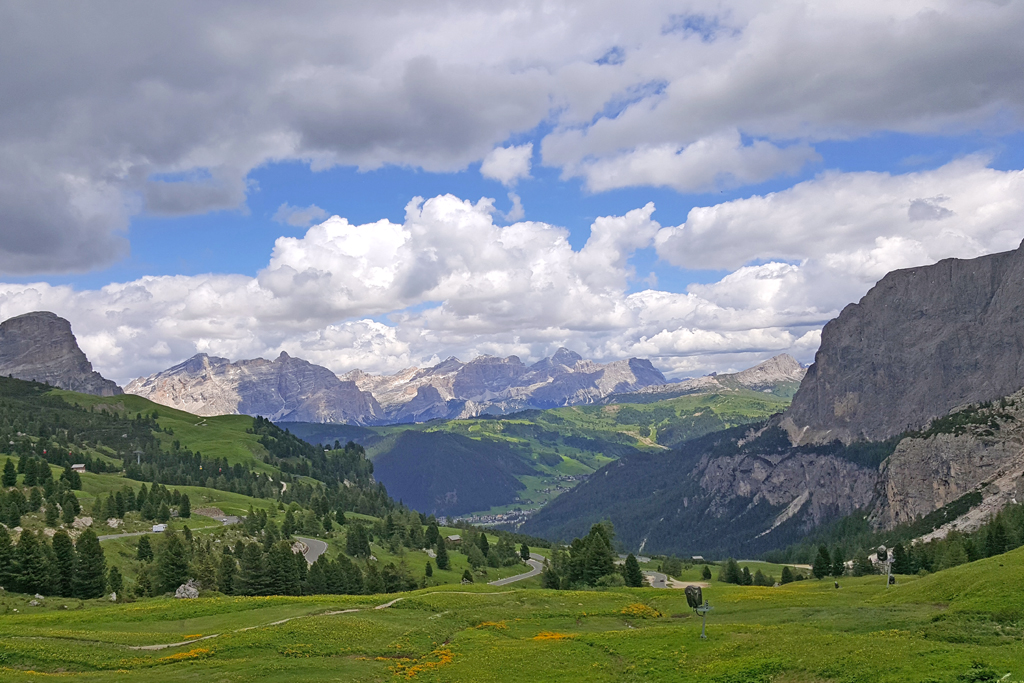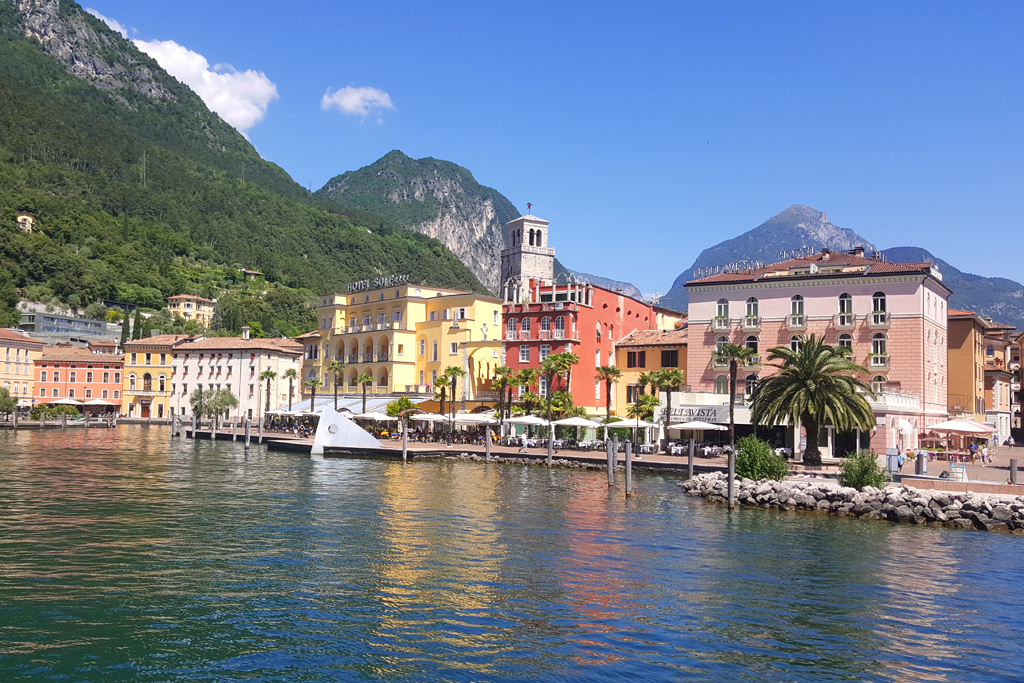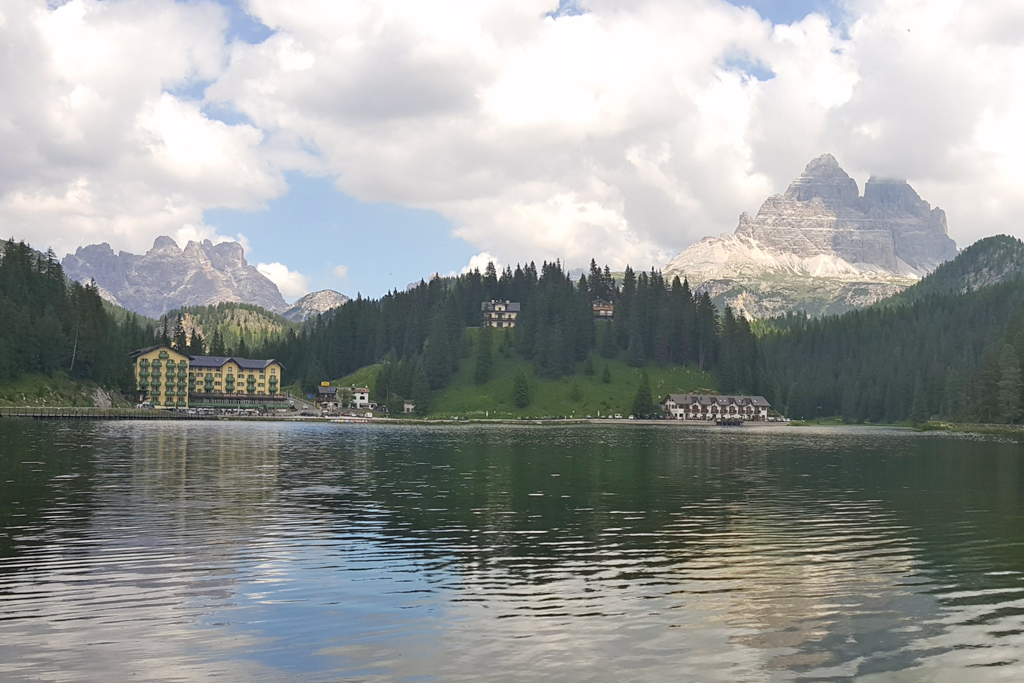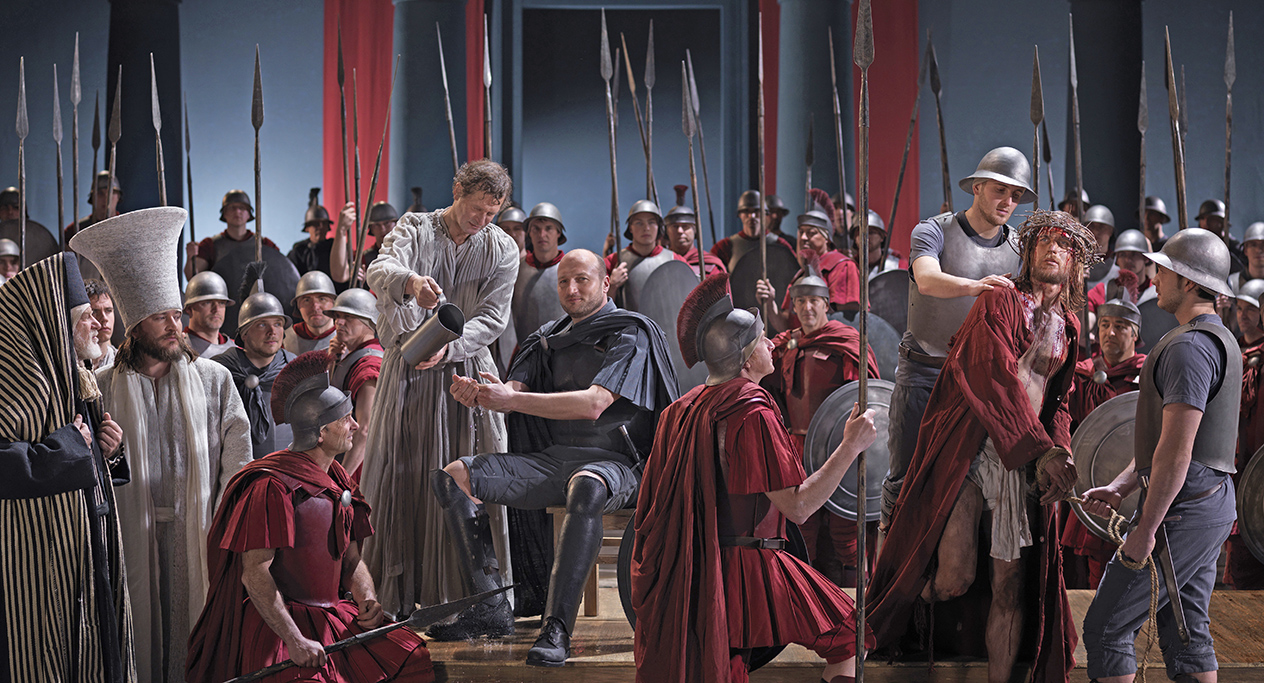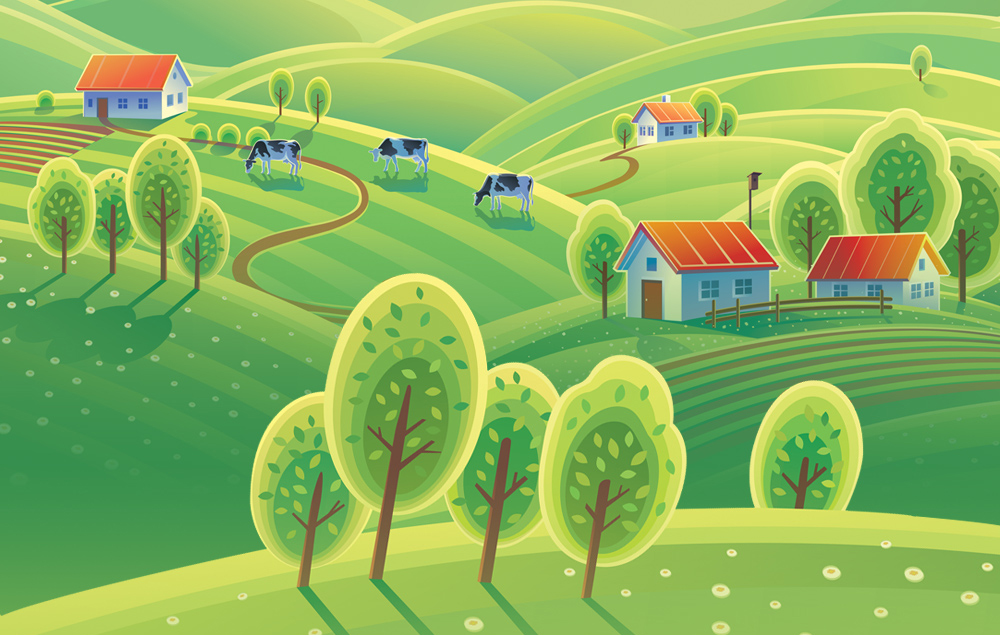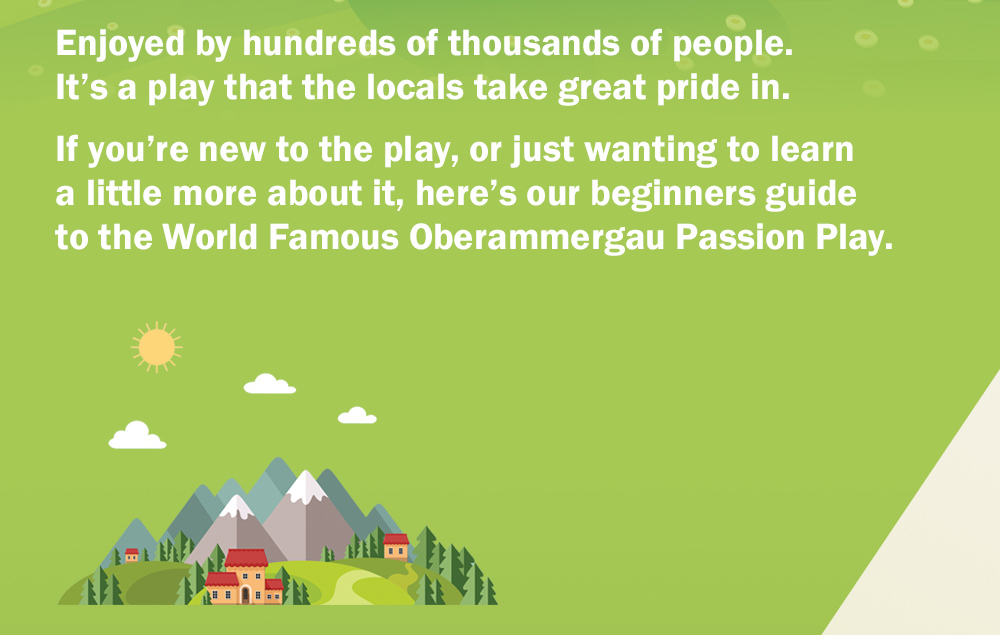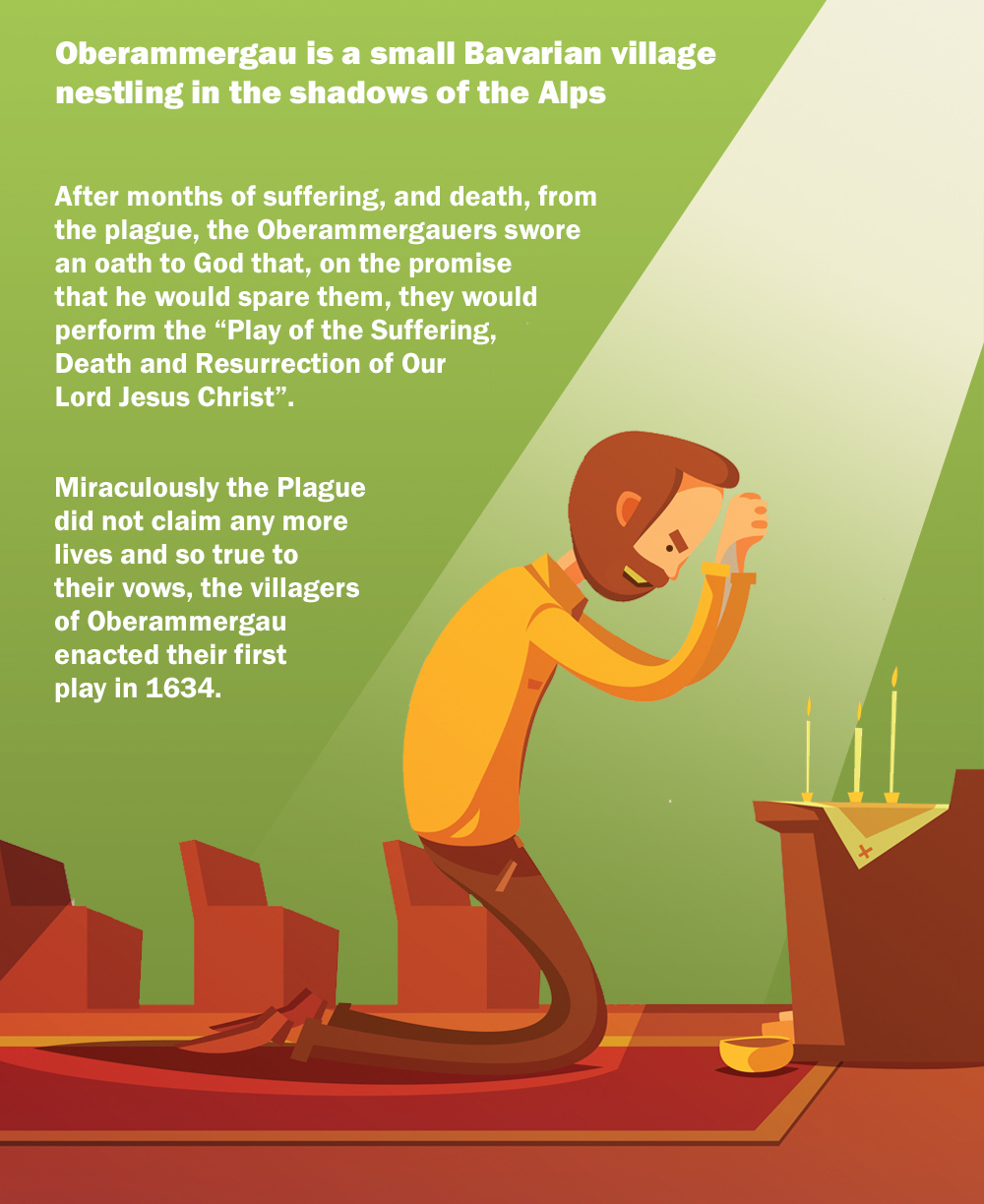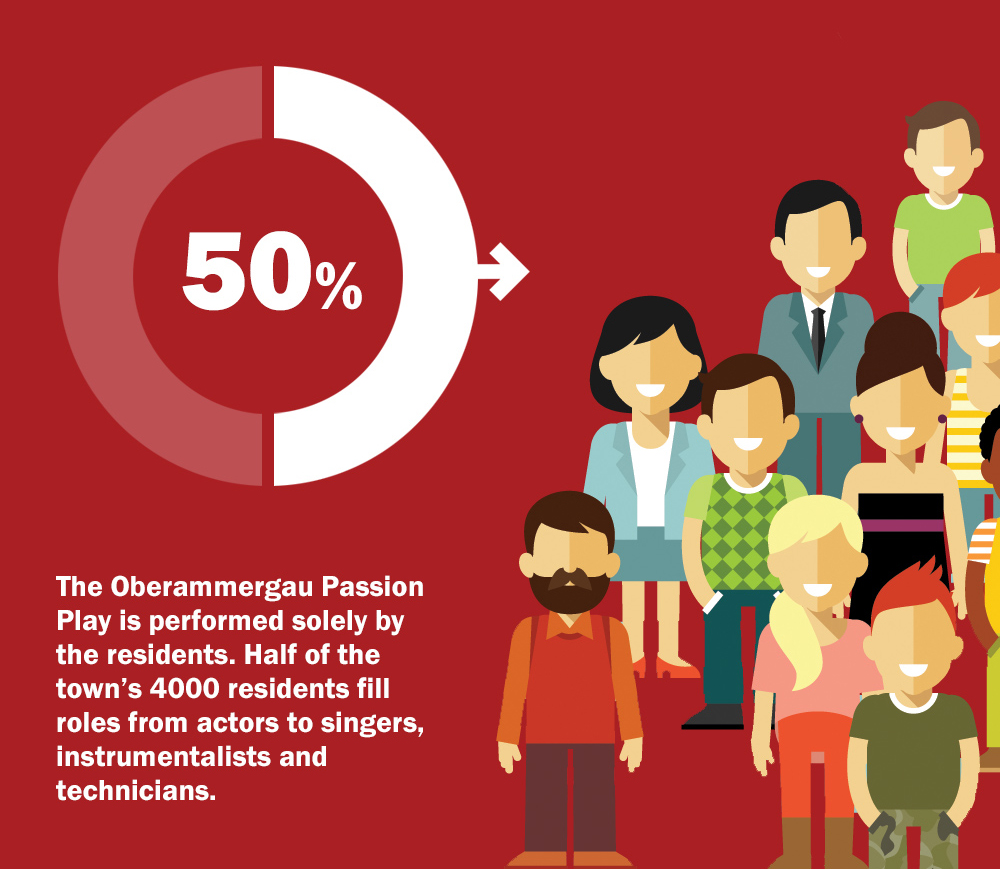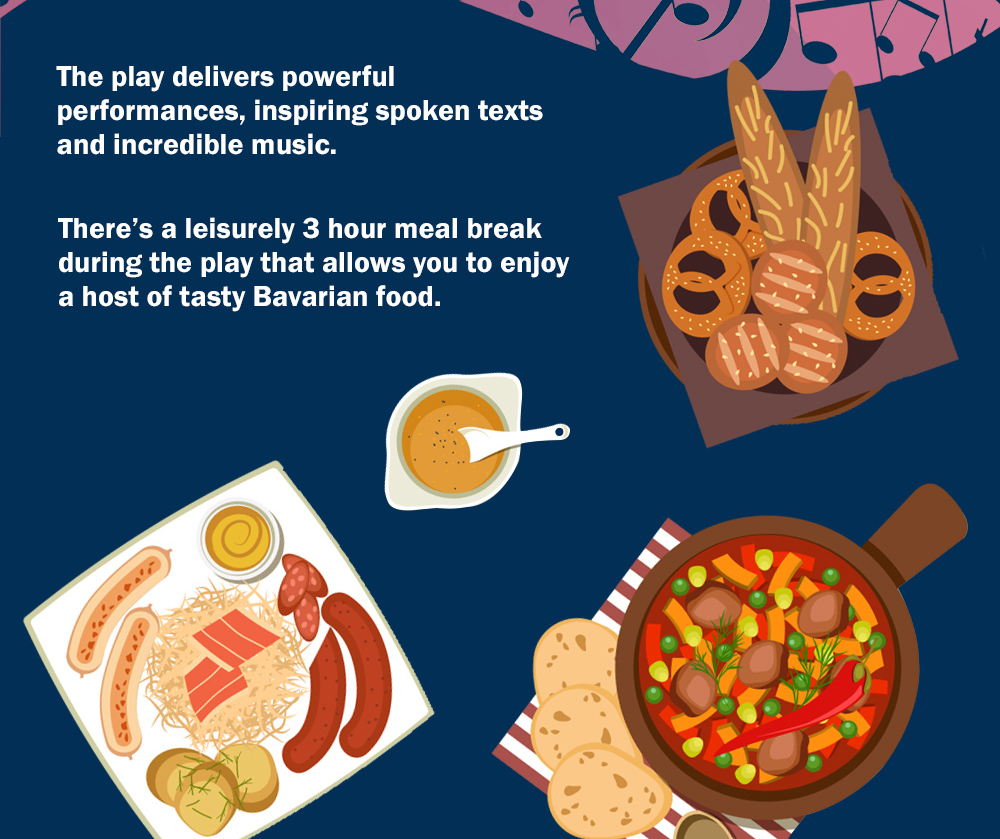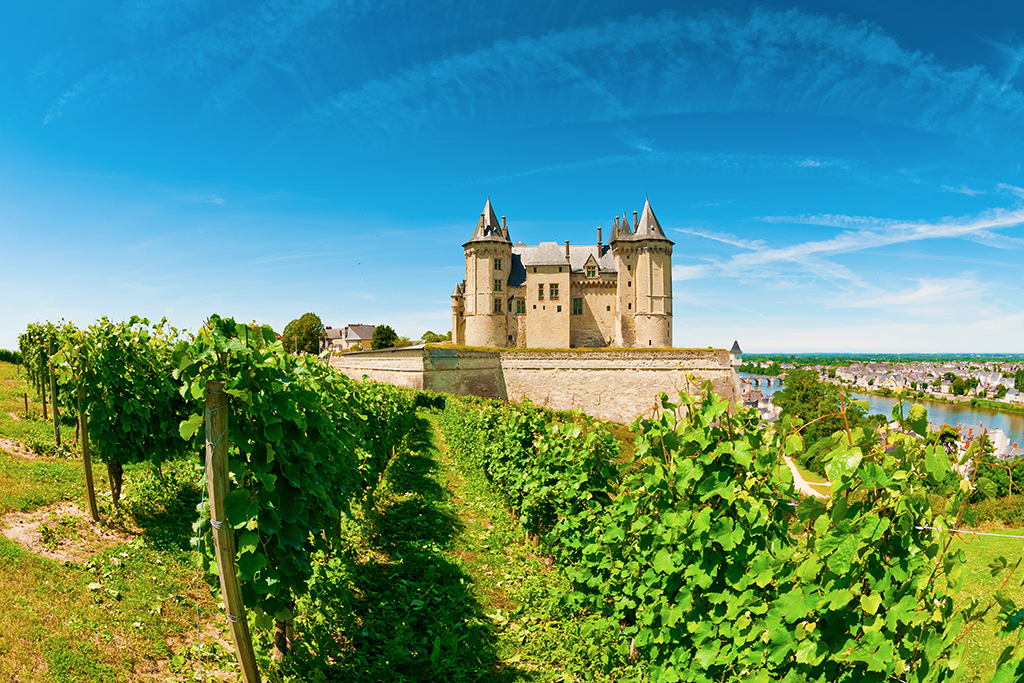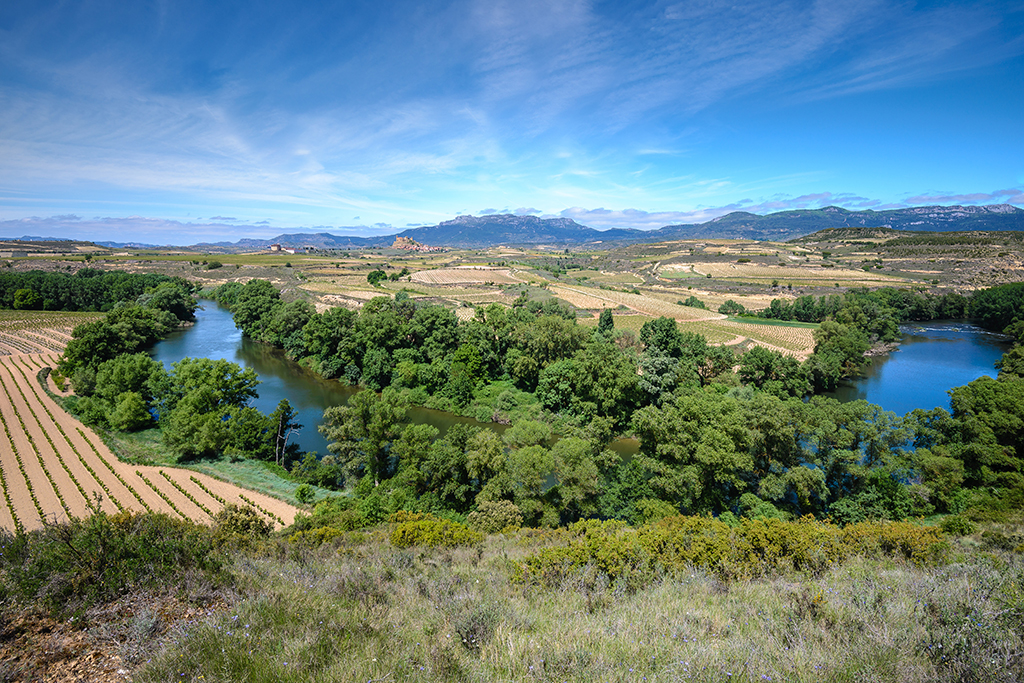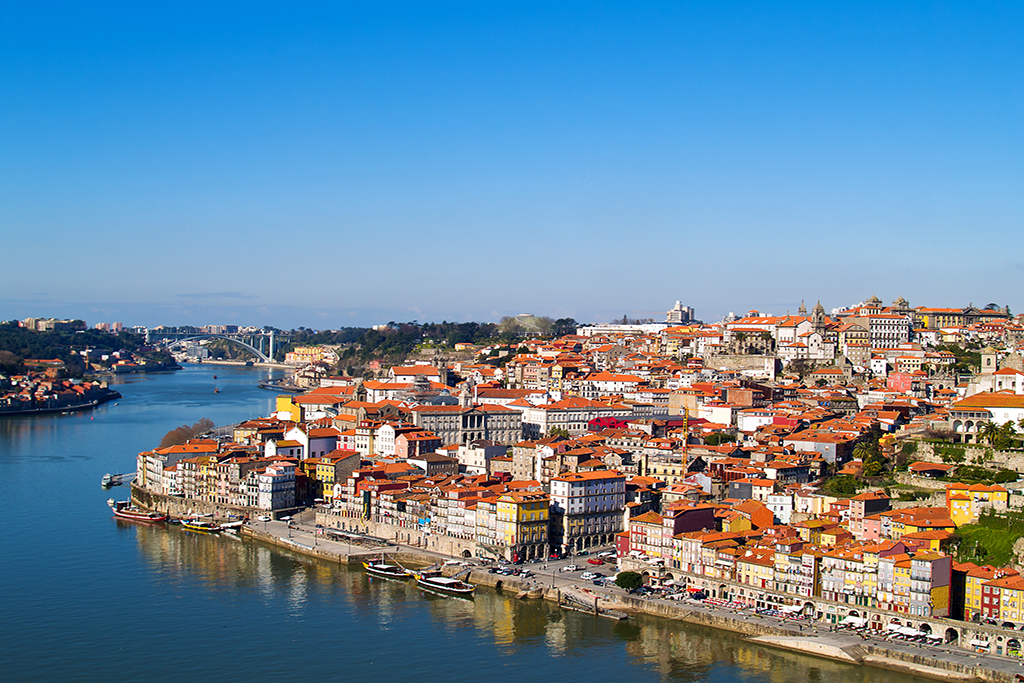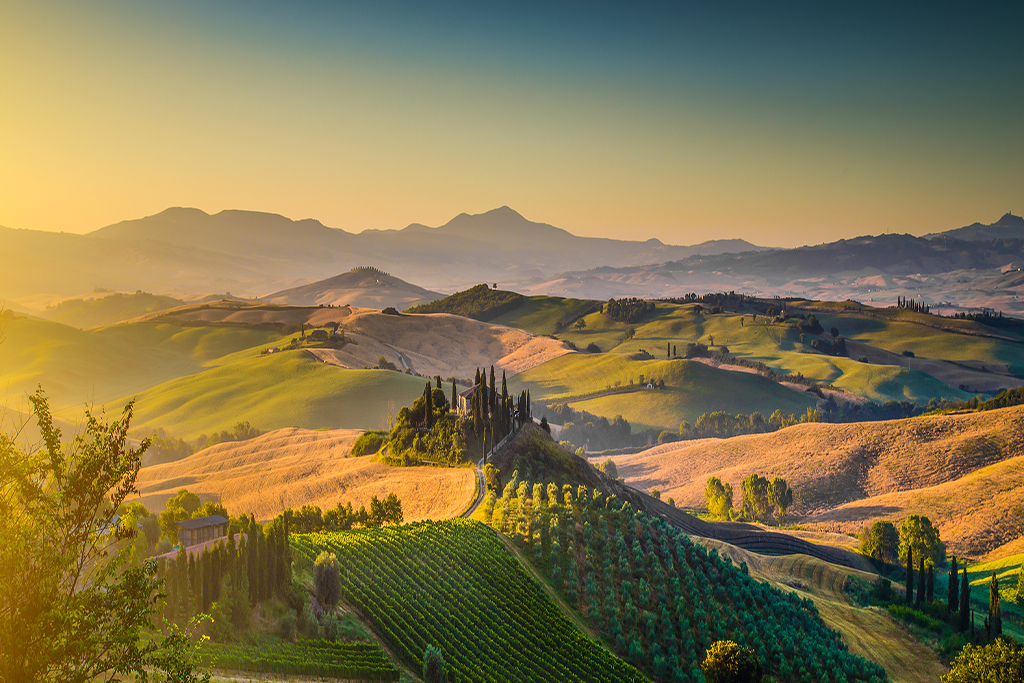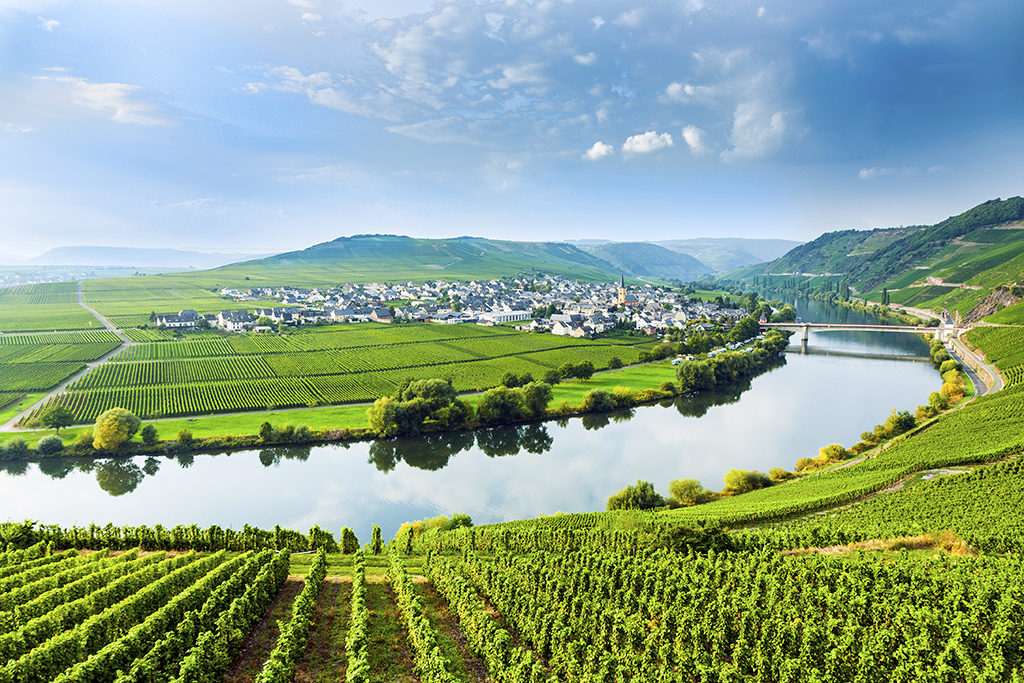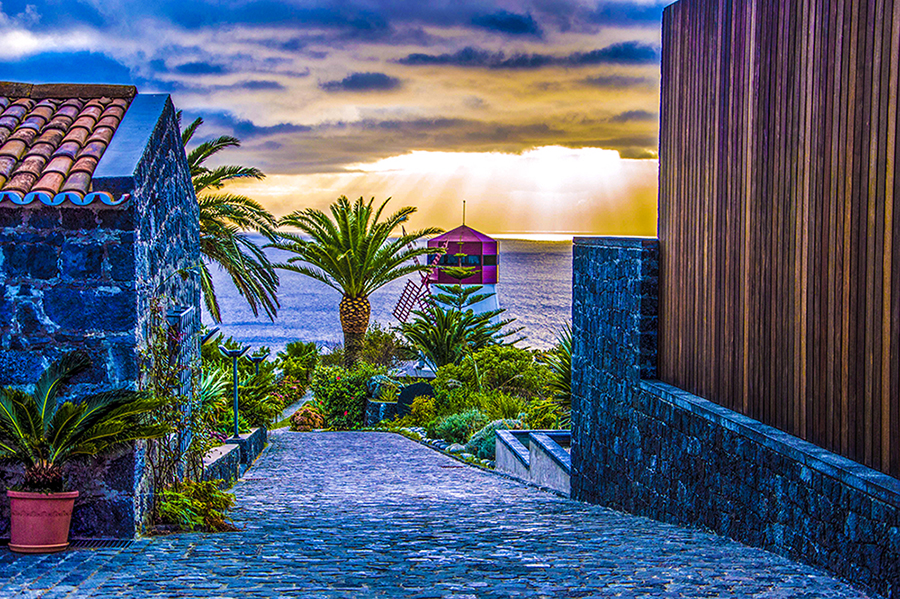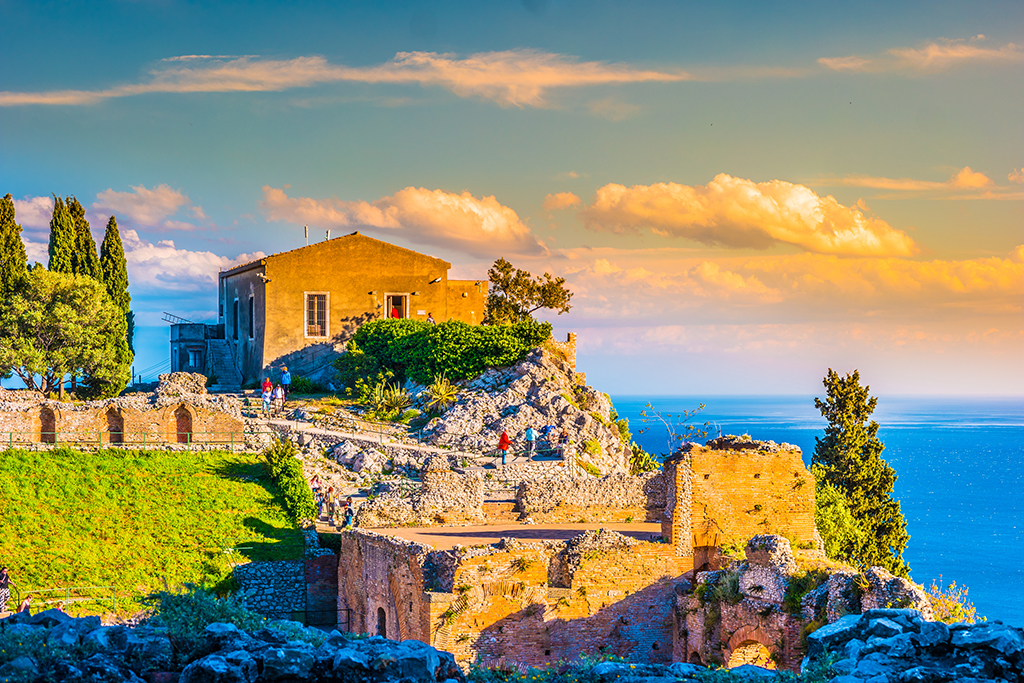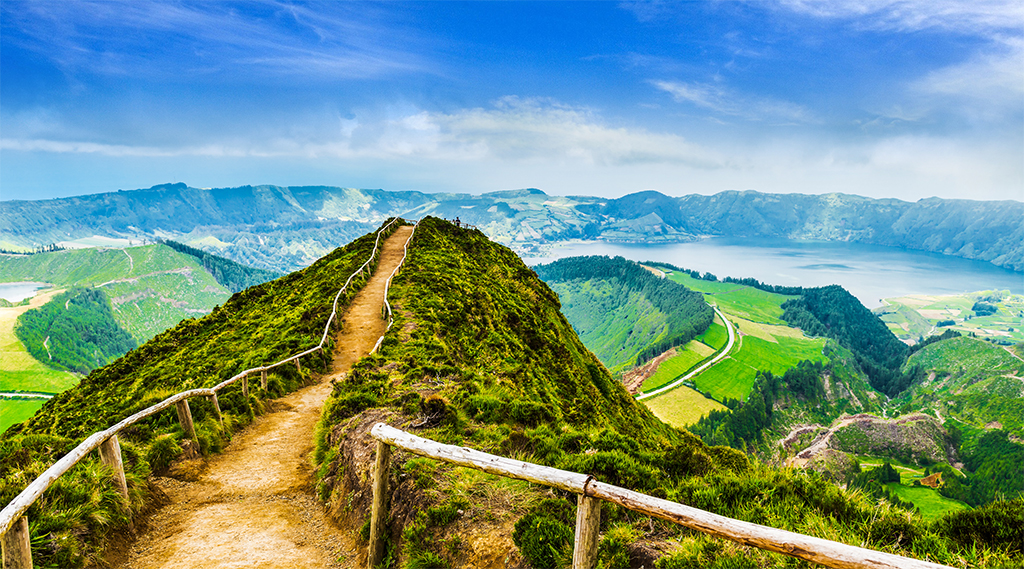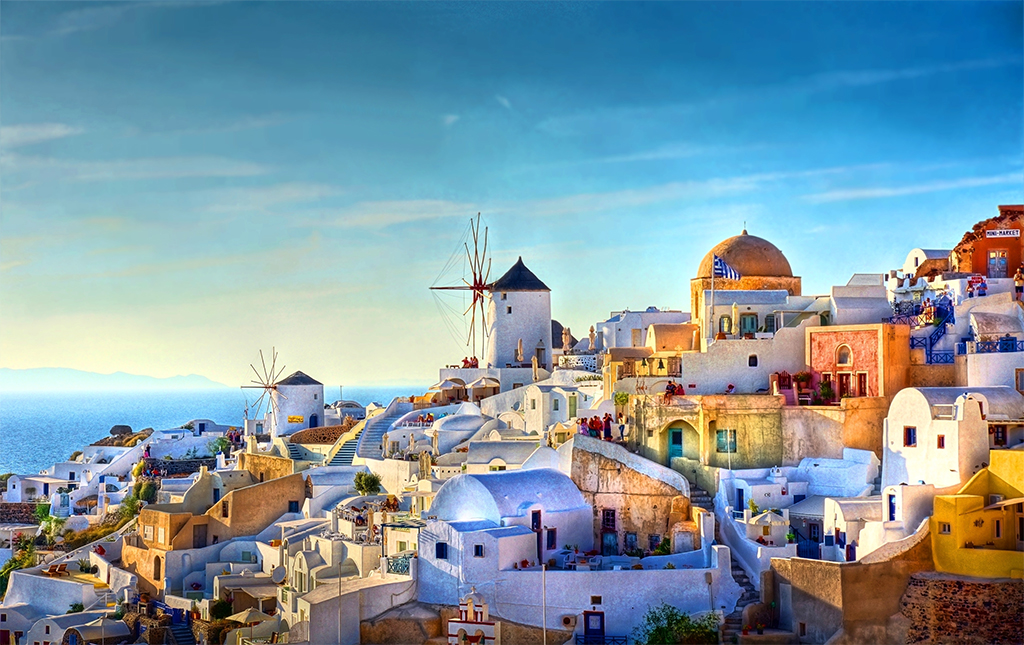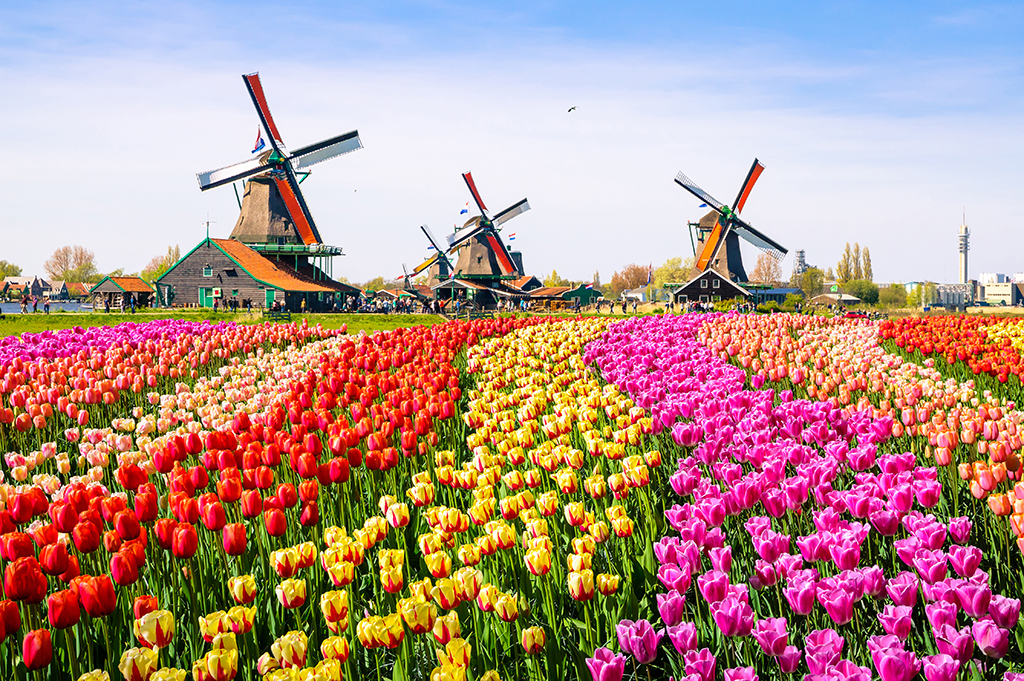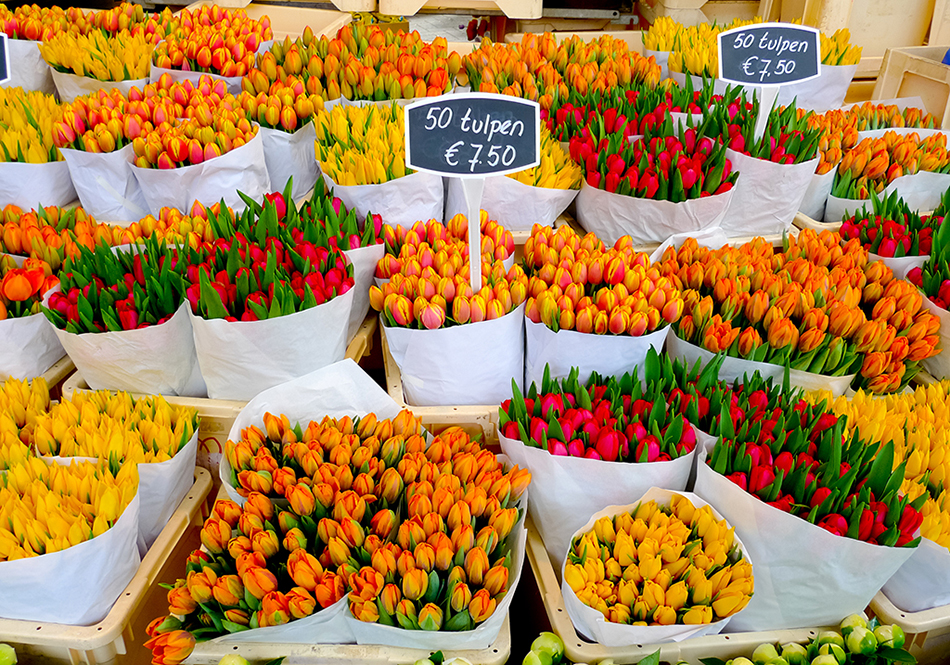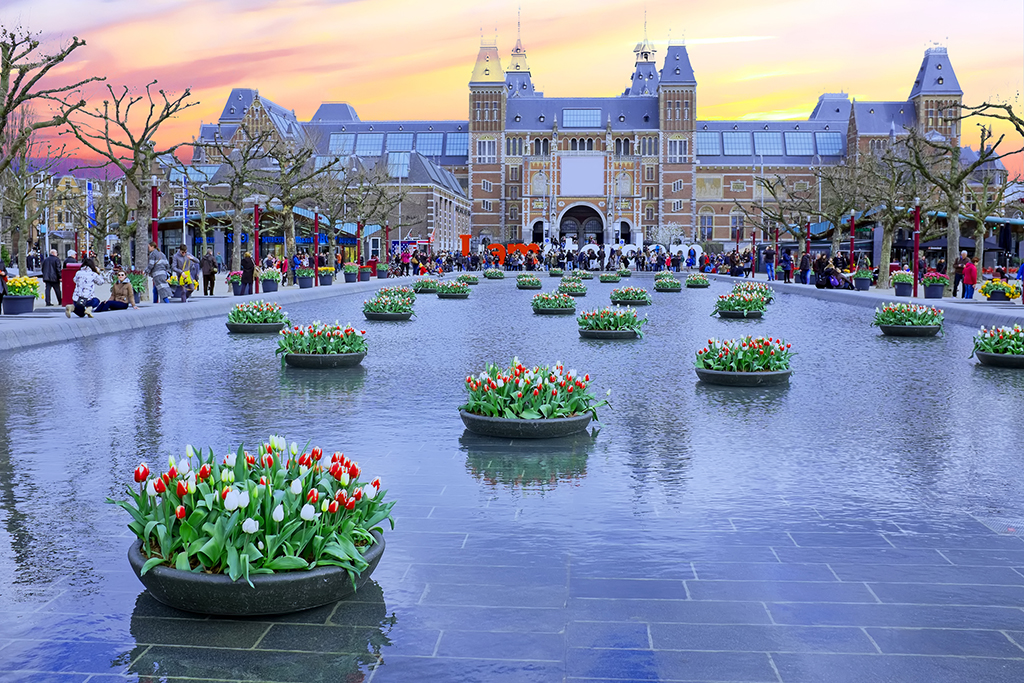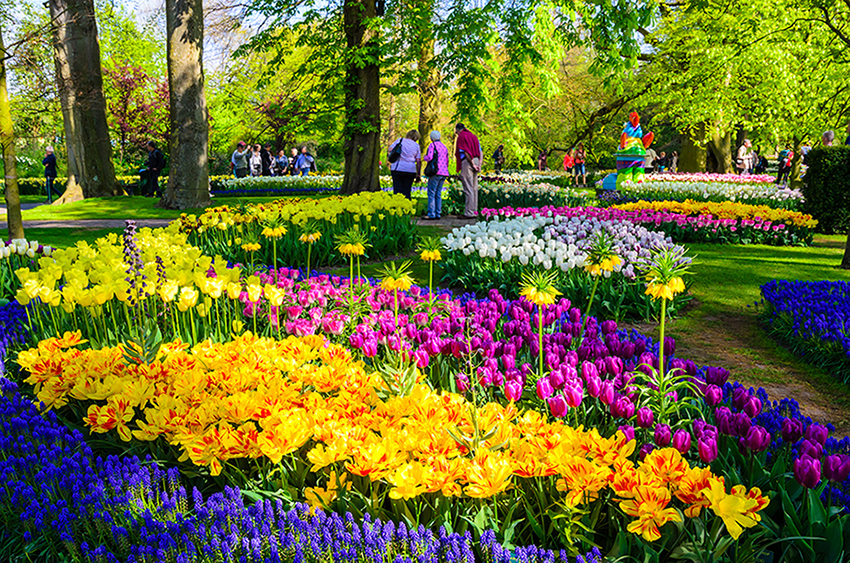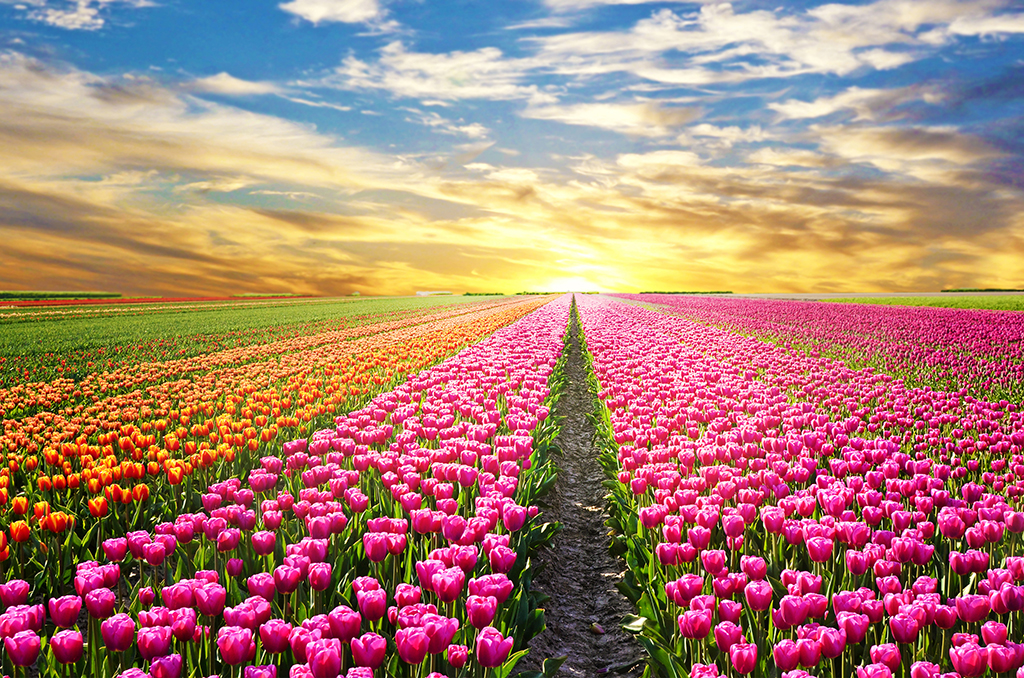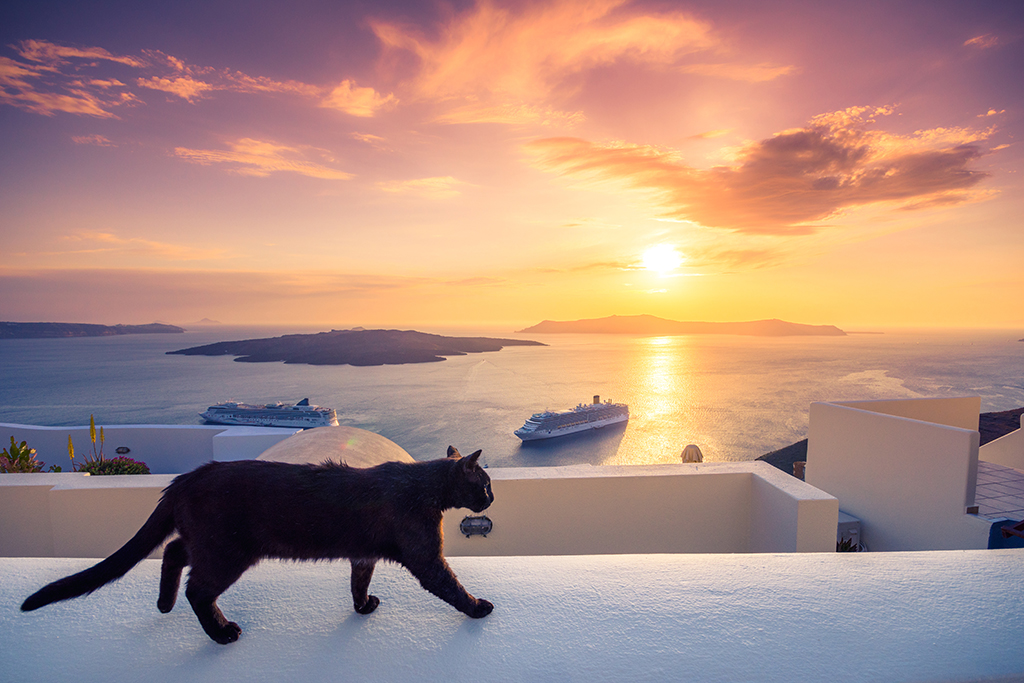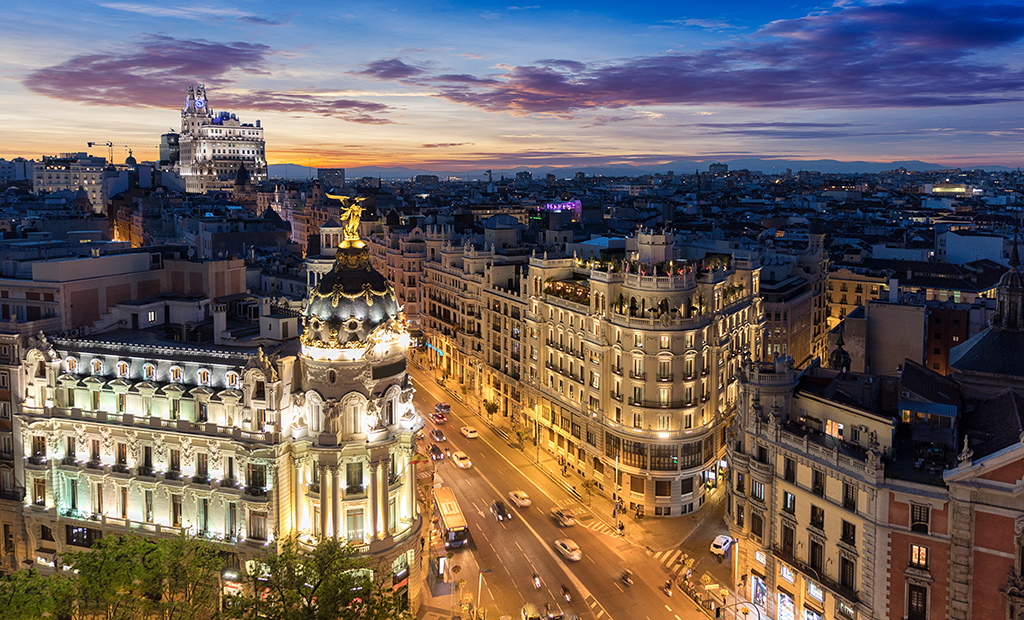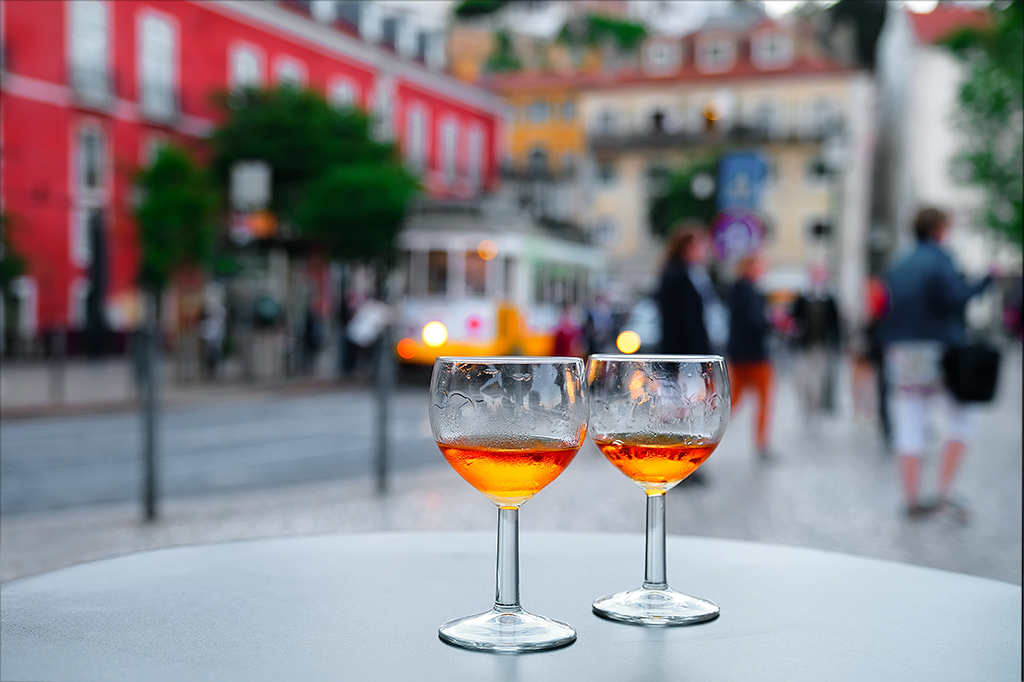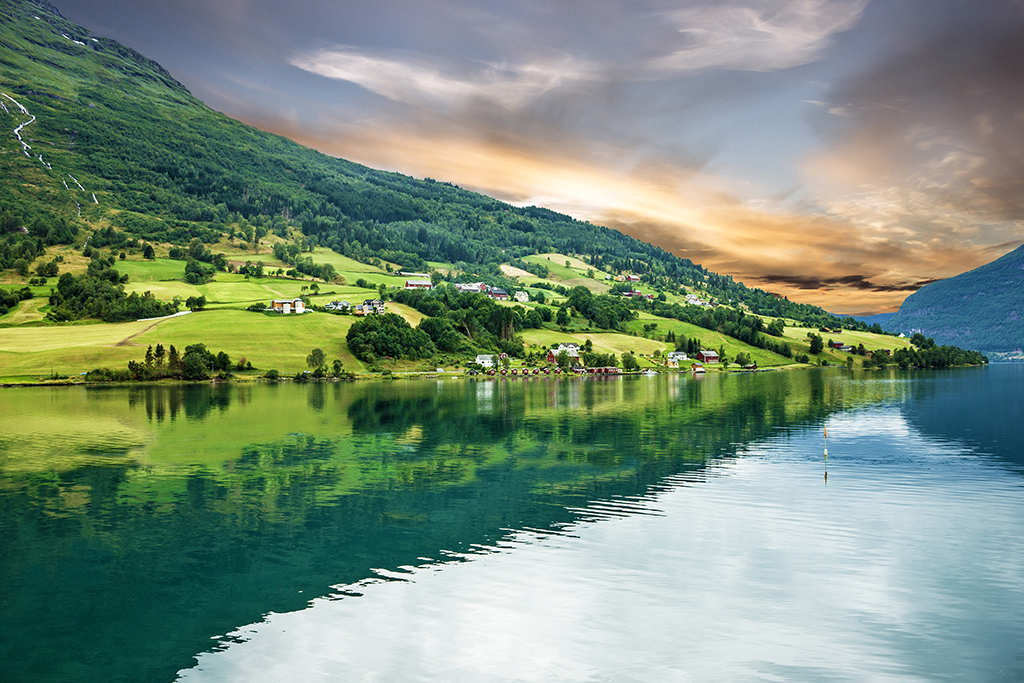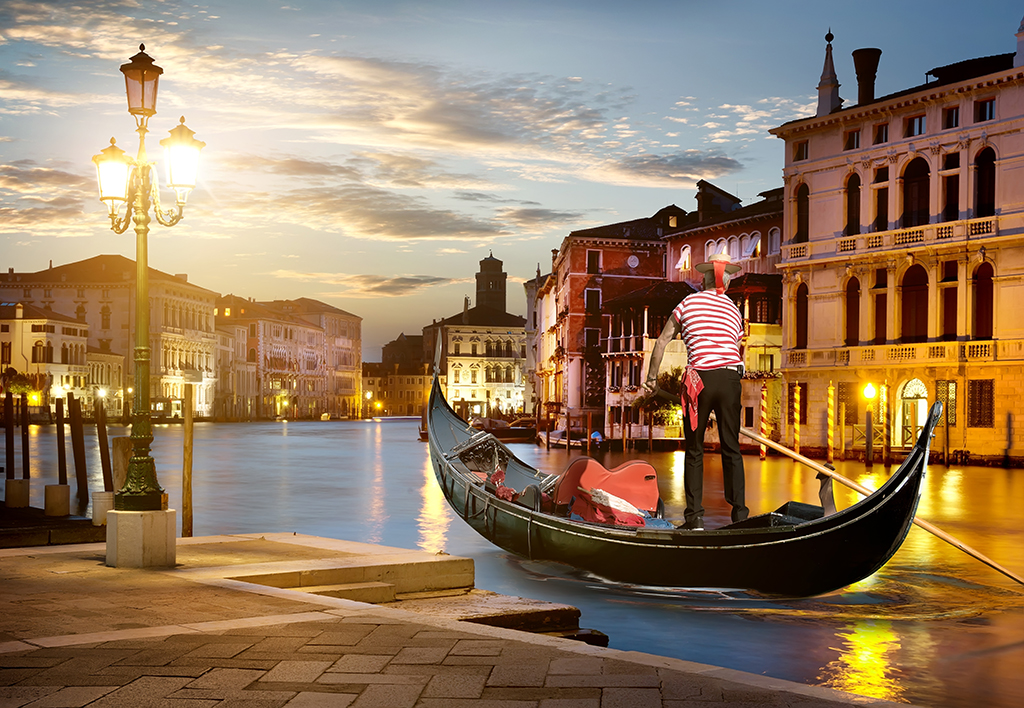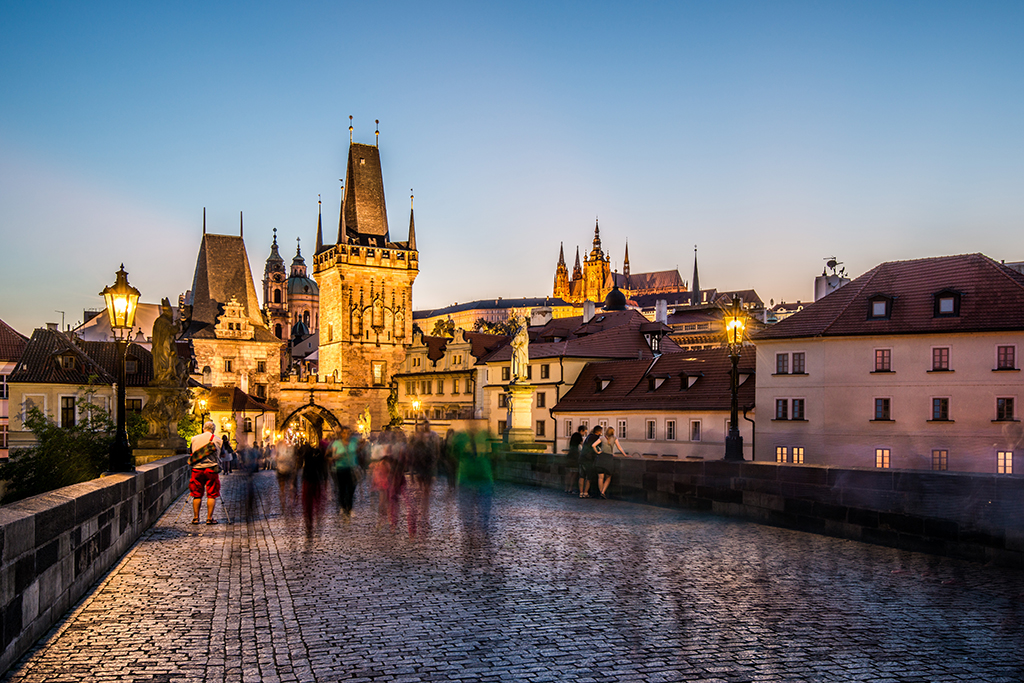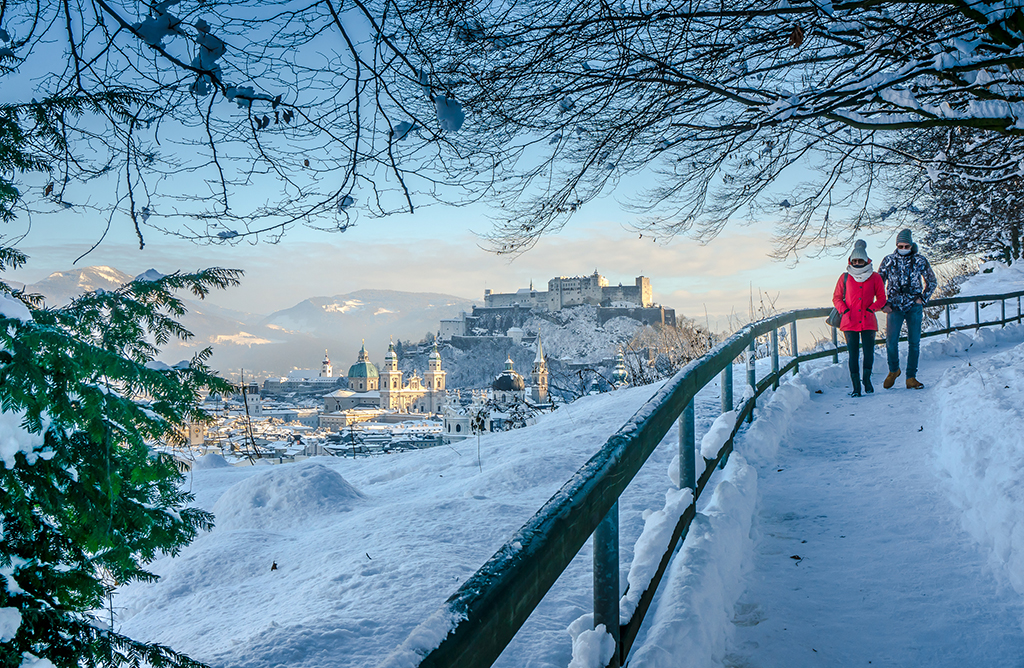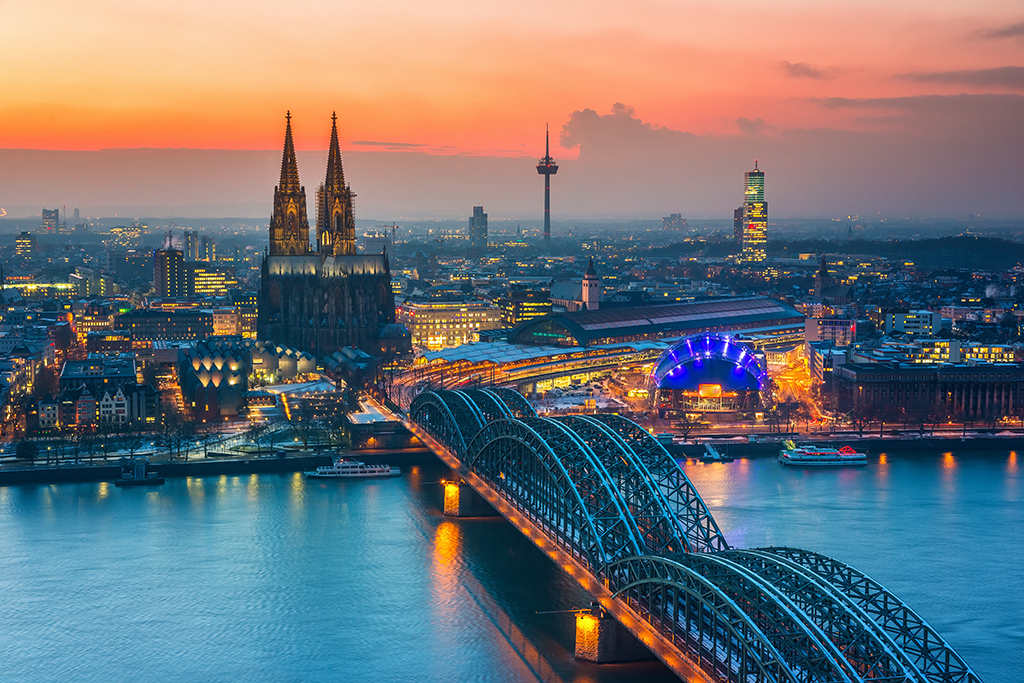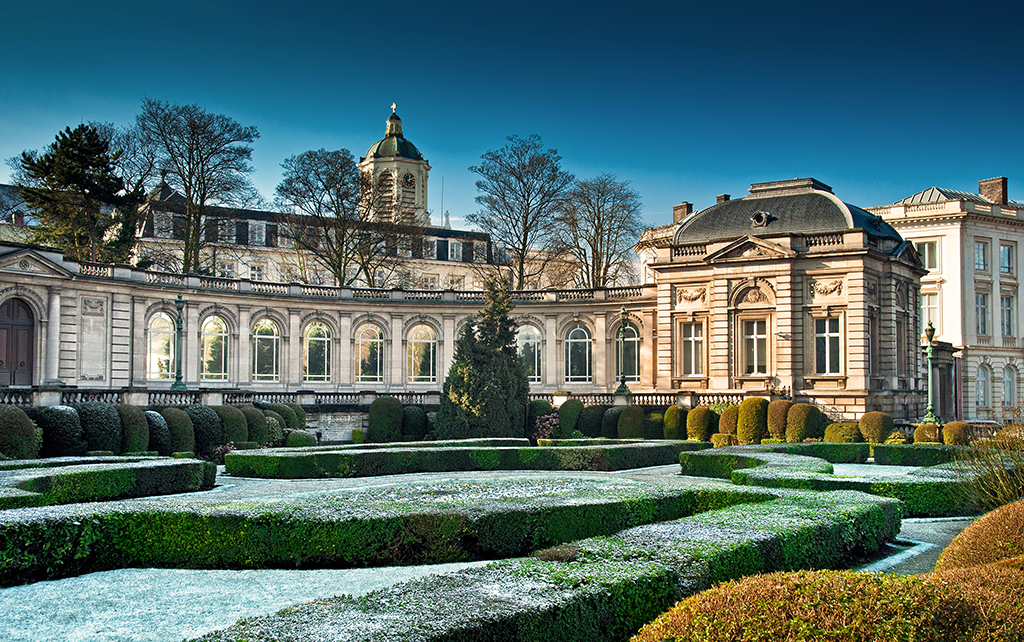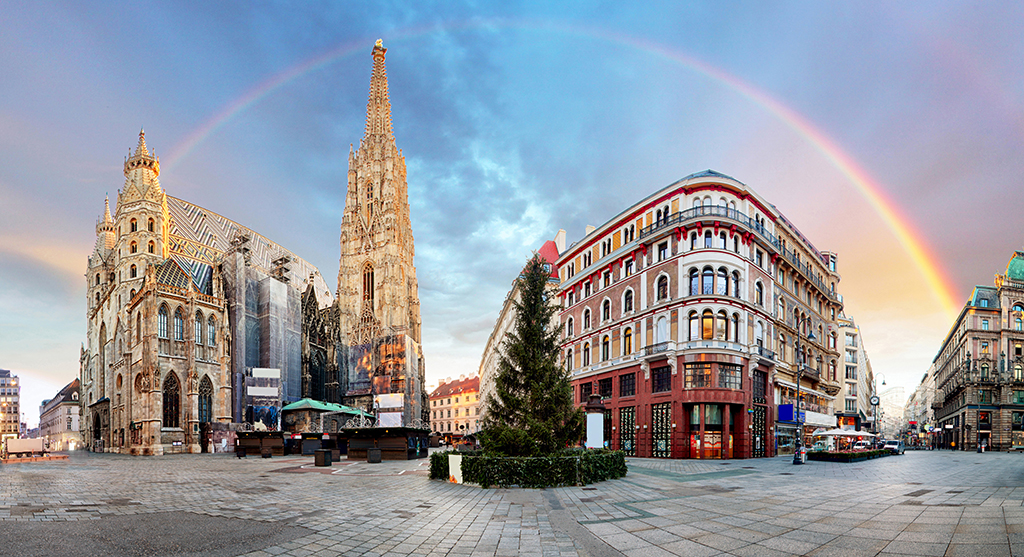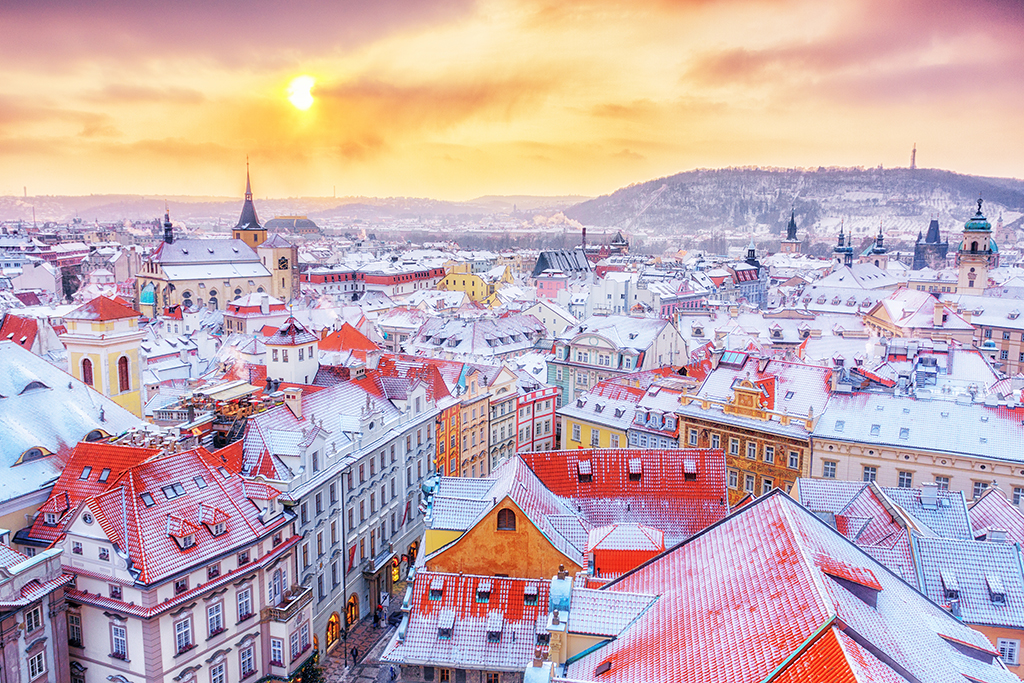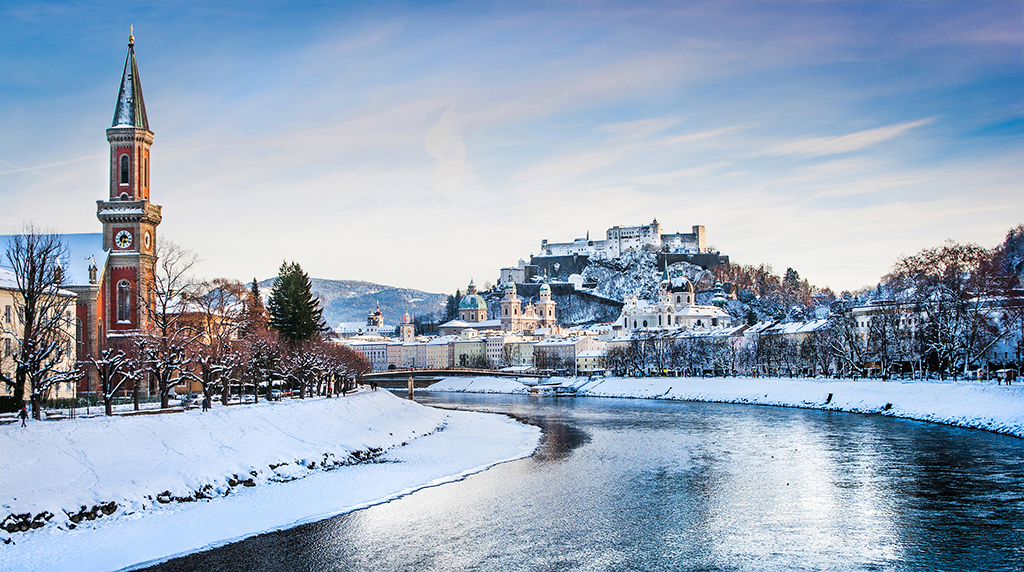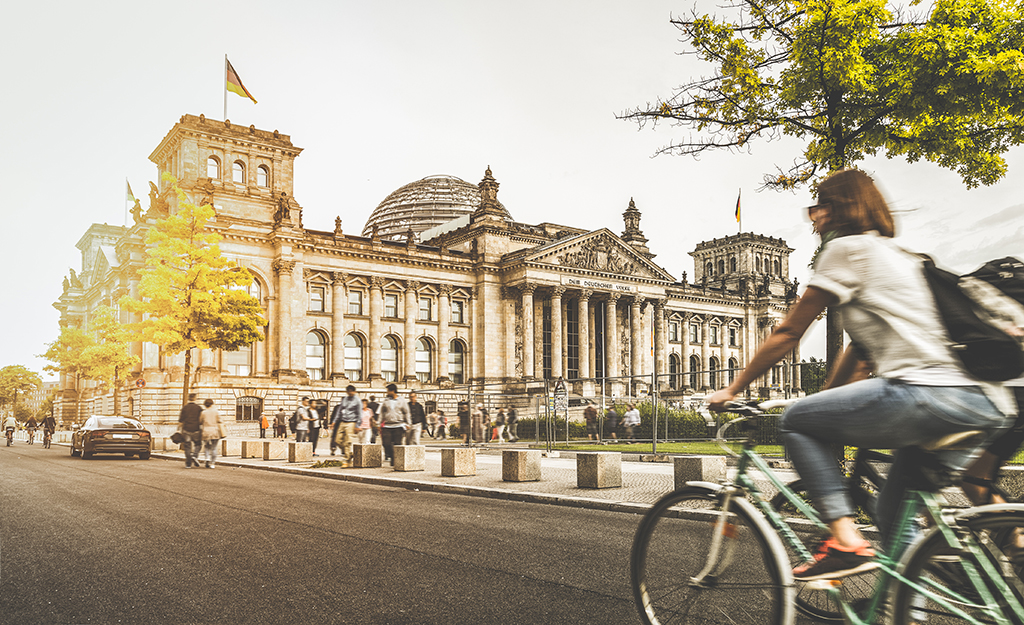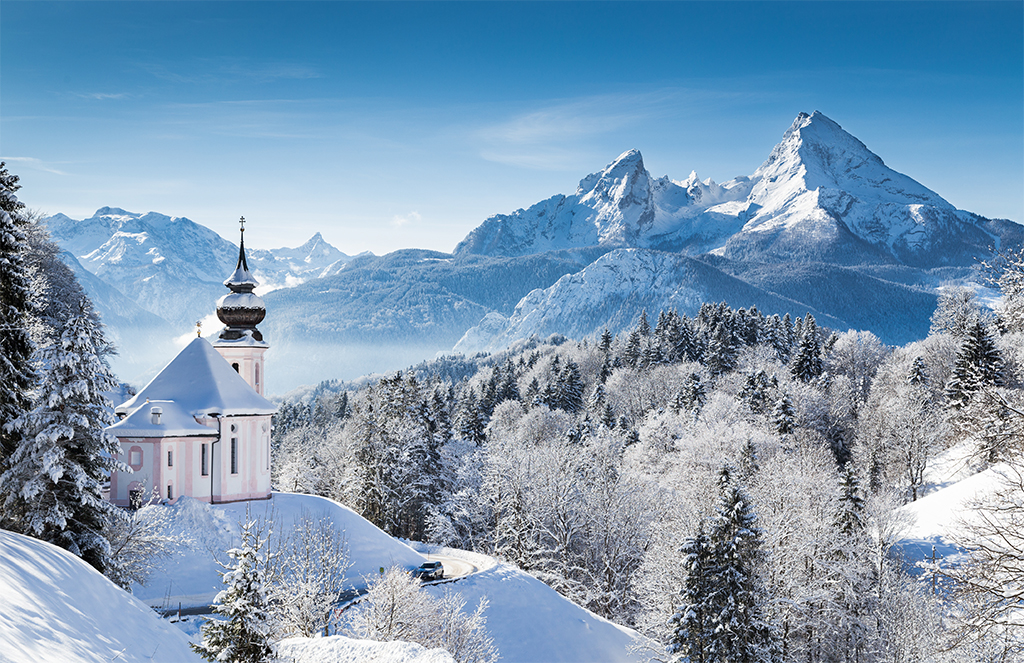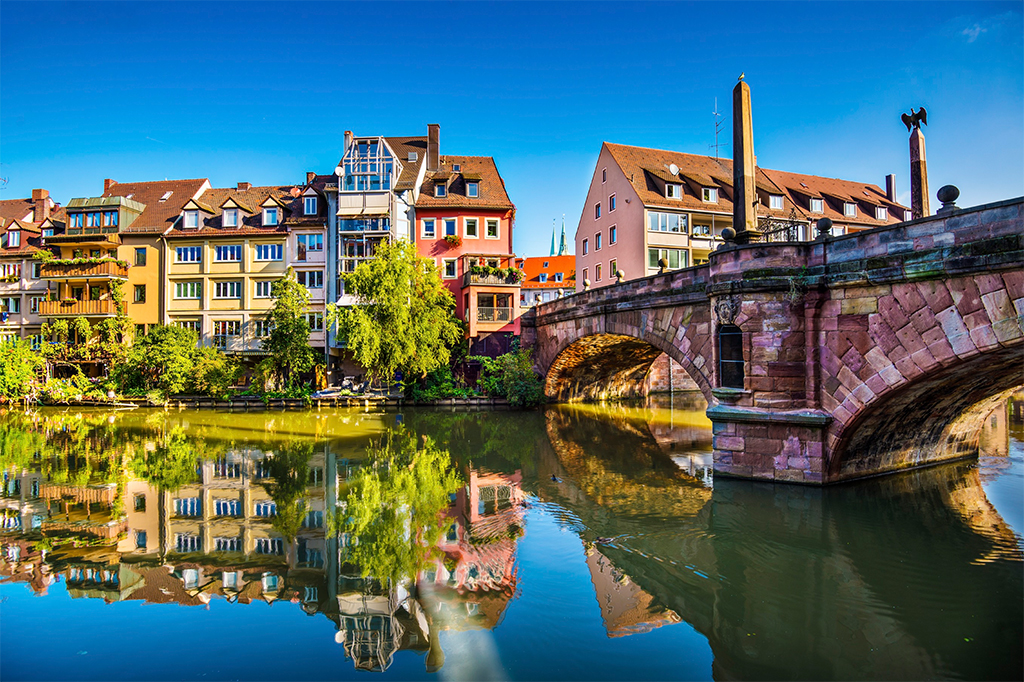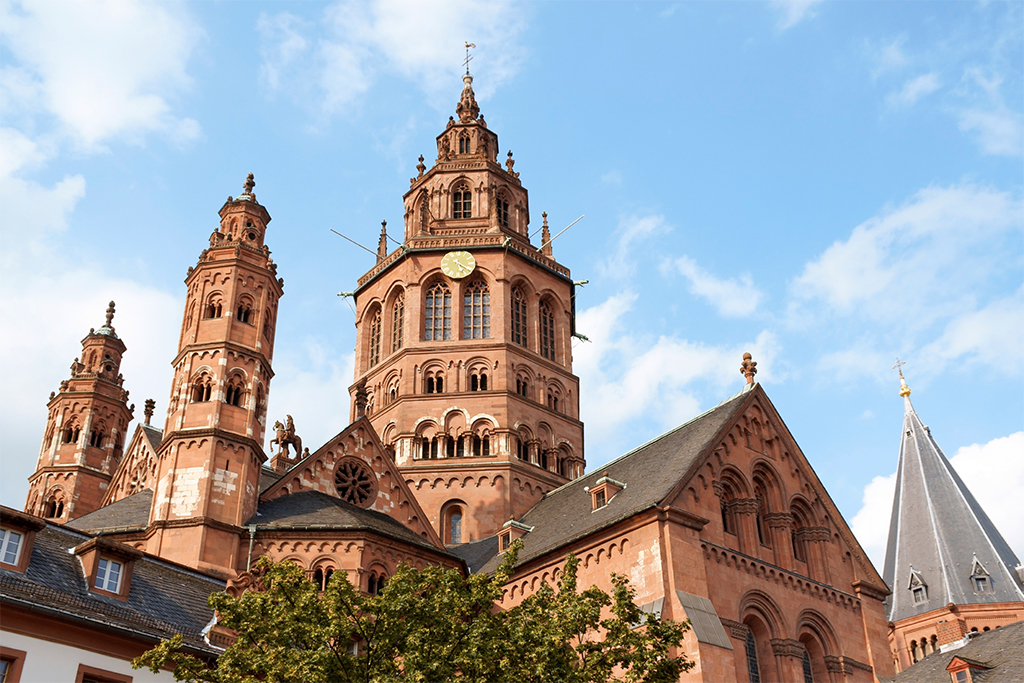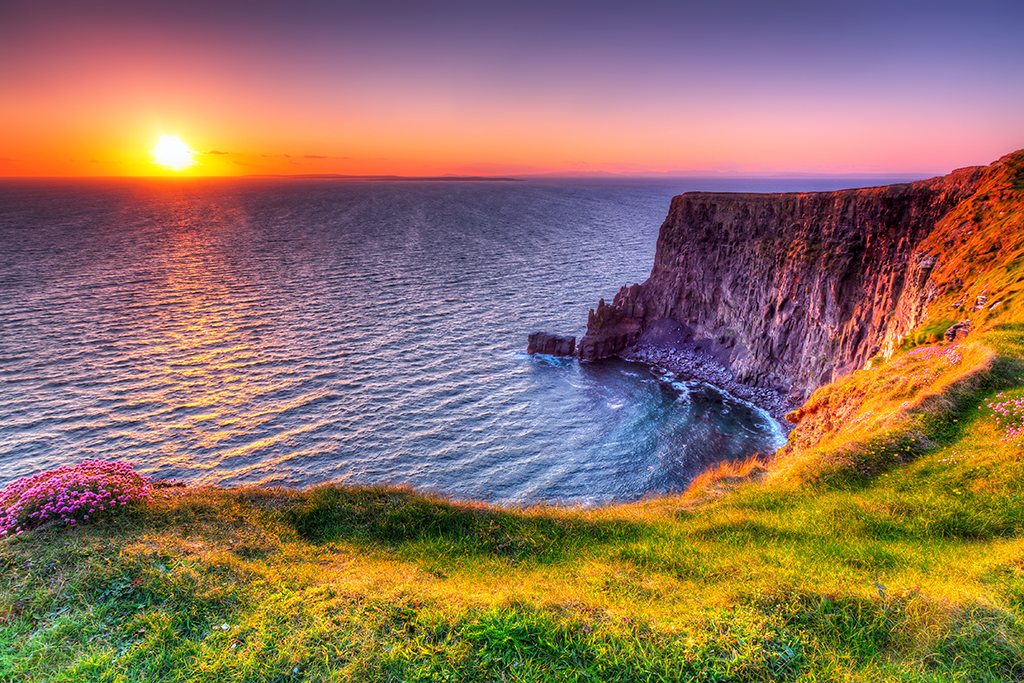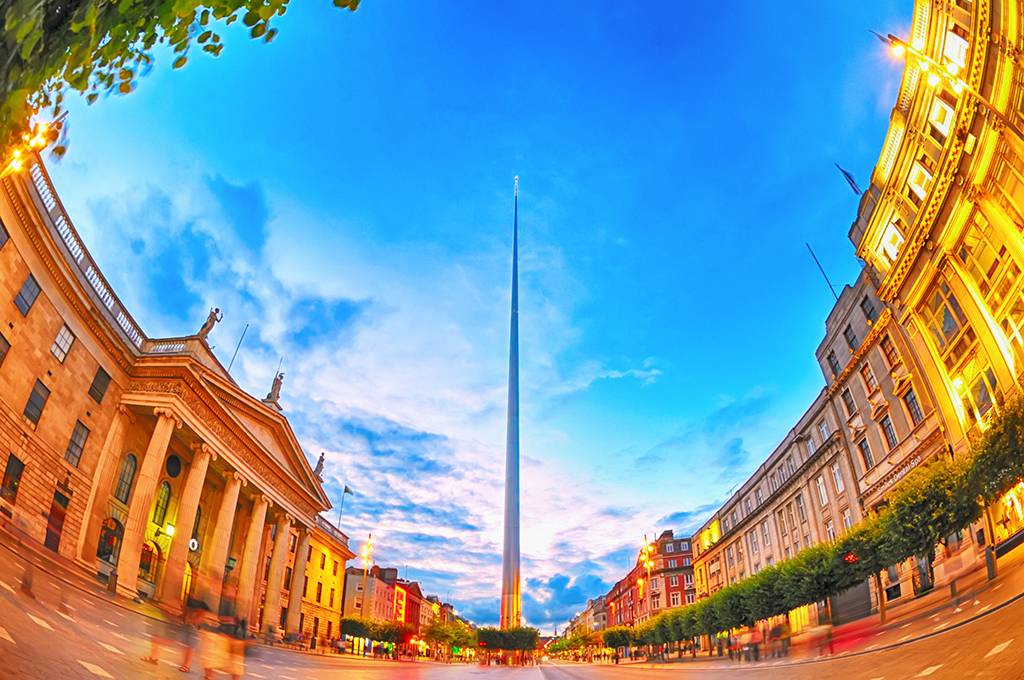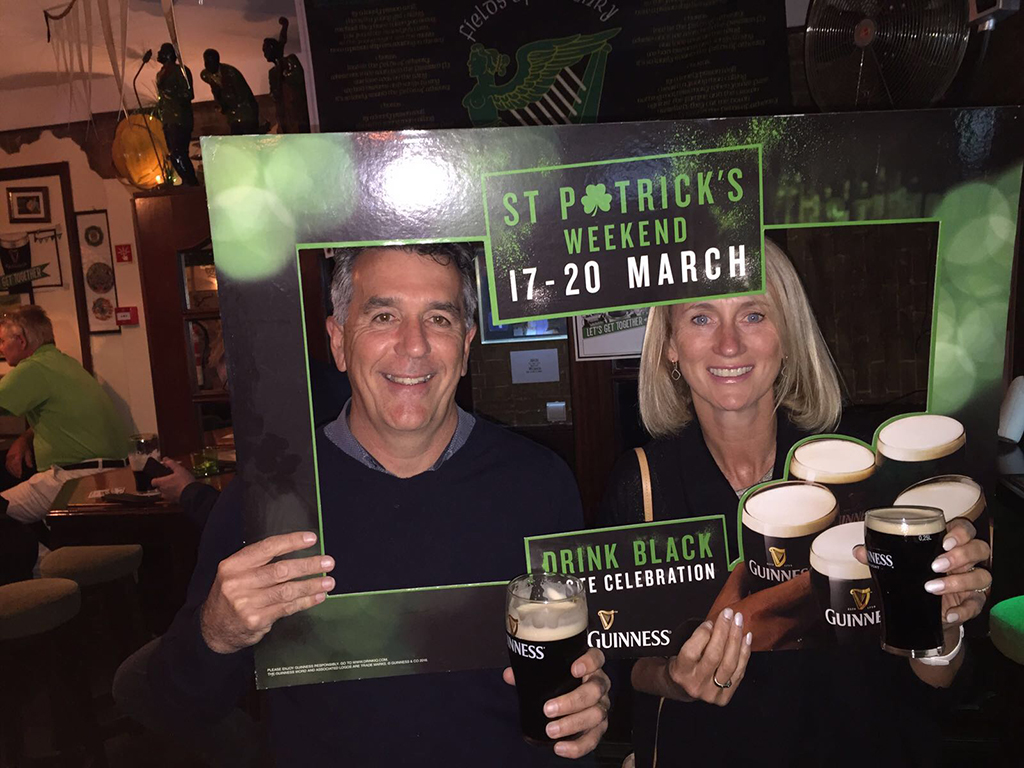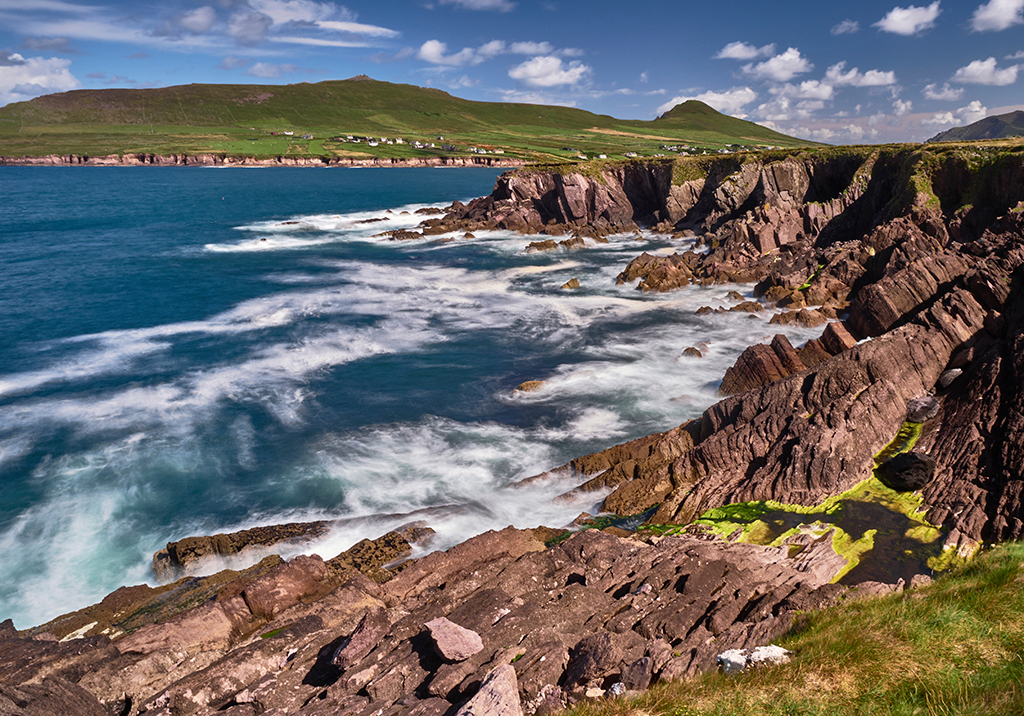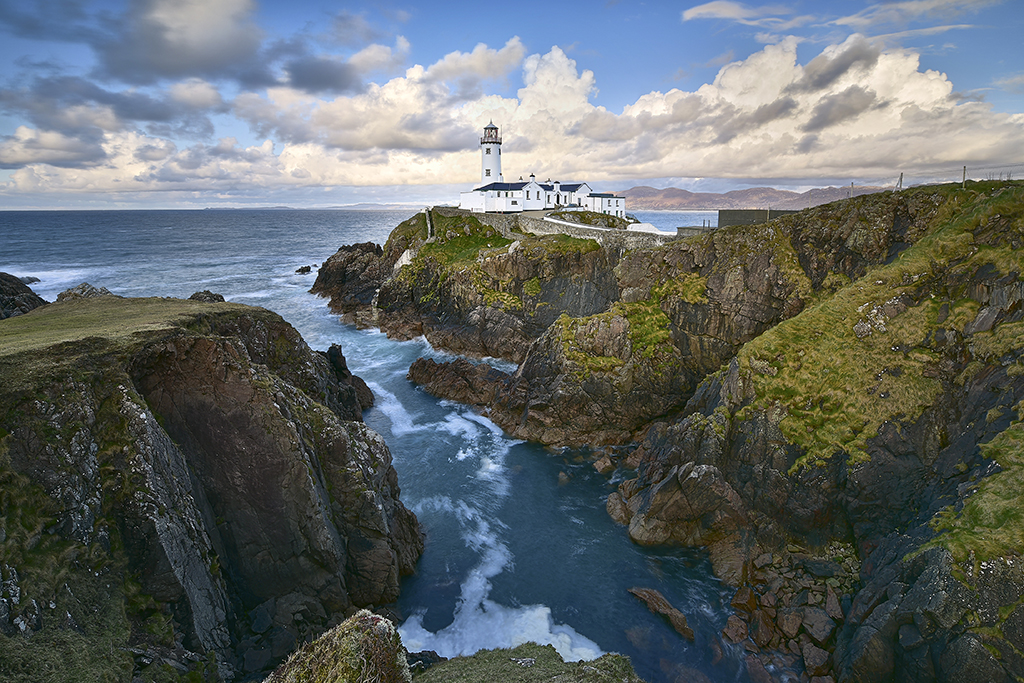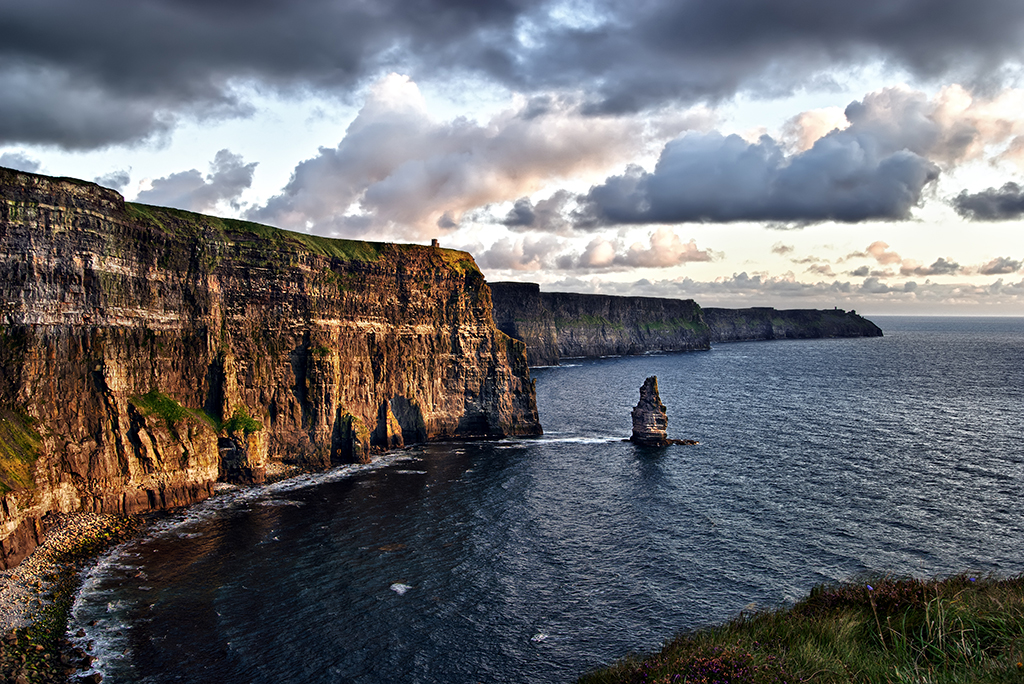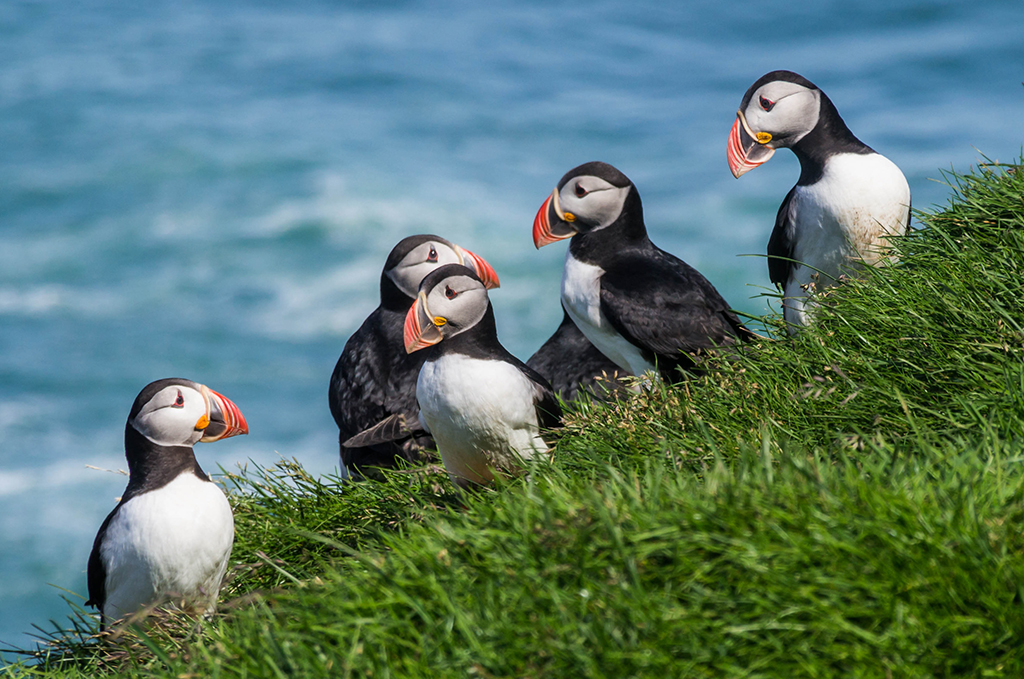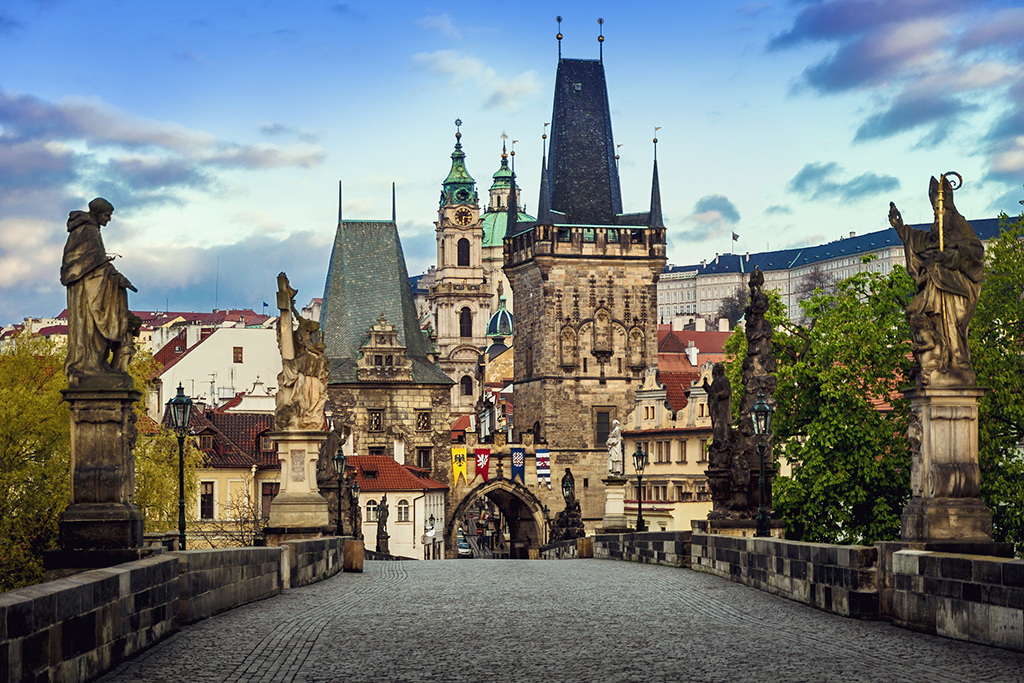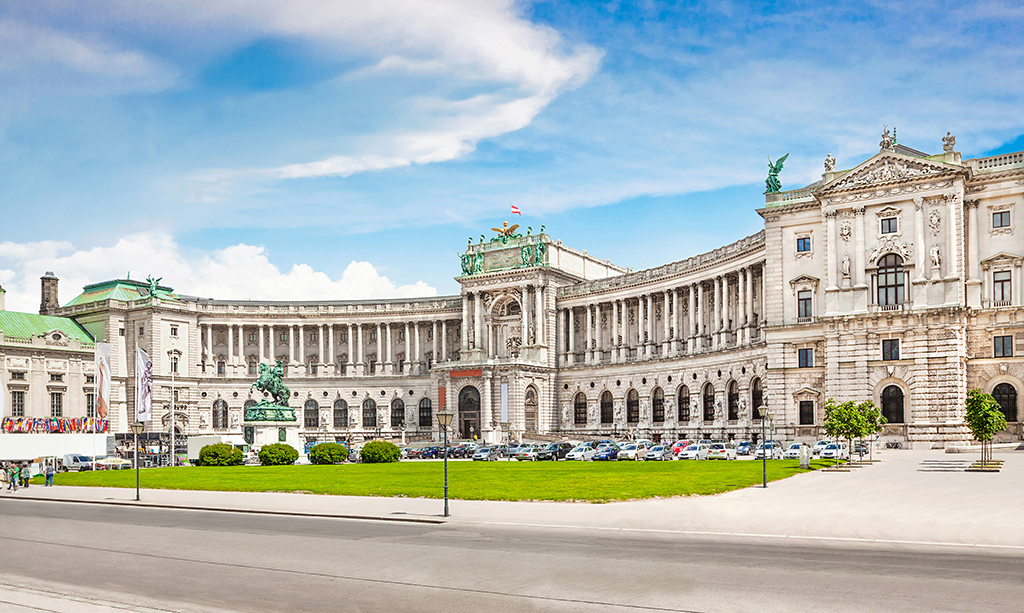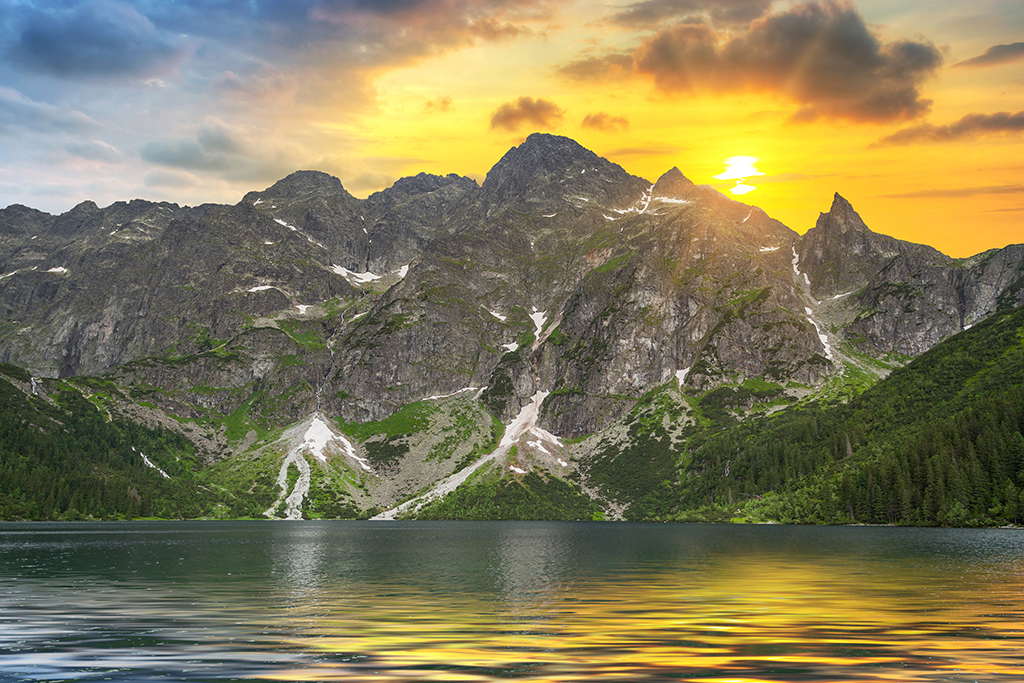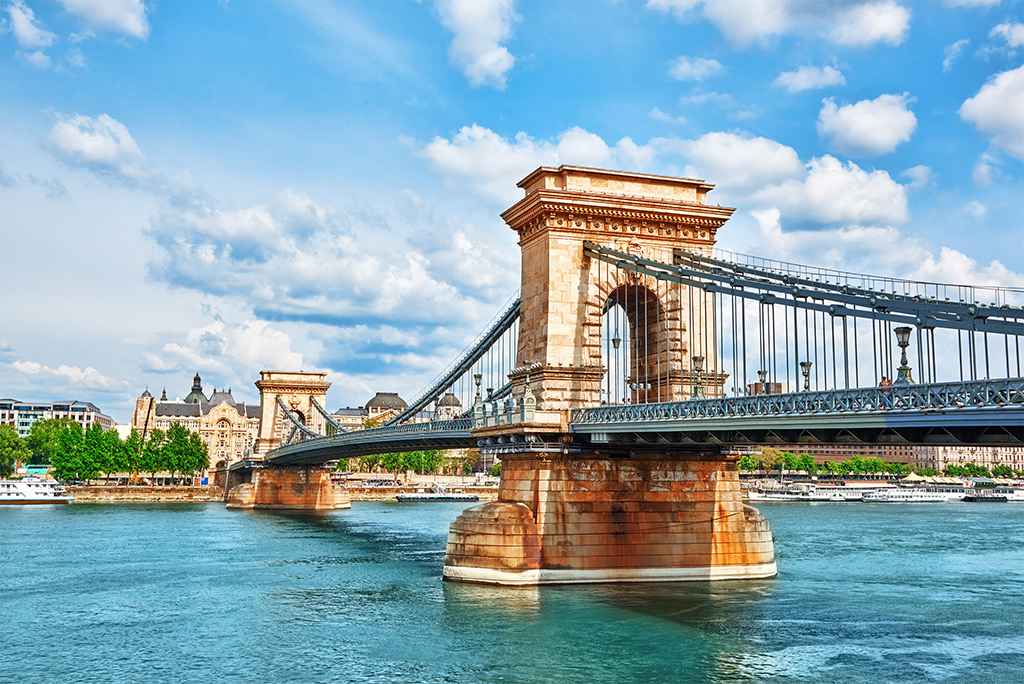Amazing, Beautiful, Spectacular, Wonderful, Fantastic, Stunning…. You really do run out of words to describe some of the places you visit and sights you see on this Dolomites tour, but I think the coach crew would sum it up in their own word ‘Amazeballs’ as that’s just what this tour was.
Day One – Outbound to Liege
We were lucky enough to join our tour coach at our pick-up point and were able to sit in our allocated seats from the start. Once on board, Mum had a lovely surprise as her seat had been decorated by our drivers, Paul & Lisa, to celebrate her birthday. This was a lovely gesture and Paul & Lisa also made sure that they presented each passenger who celebrated a birthday on tour with a personal card & gift. This made the tour extra special for those 3 passengers who celebrated their birthdays on this tour of the Dolomites with us.
Following the usual efficient service at the interchange, we re-joined our tour coach and continued on to our overnight hotel in Liege. We arrived at a reasonable hour and were able to enjoy a drink at the bar and the chance to get to know our fellow travellers. One thing we love about Leger tours is the opportunity to make new friends and discover wonderful new places. This tour was no exception!
Day Two – Liege to Uttenheim
It’s an early start and a long day, but travelling through some wonderful scenery, as we did, it’s a very enjoyable journey. There were plenty of refreshments available on board, regular stops to stretch your legs and the lounge on board is a great place to spend some time getting to know the new friends you meet on board. During the journey, Paul explained the itinerary and provided additional information & interesting facts about the planned excursions and places we passed during the day. His knowledge of the area and enjoyment of the tour was obvious and both he & Lisa were more than happy to answer any questions about the tour, or indeed any other tour we were thinking of booking after perusing the brochures on board.
At the end of the day, we arrived at the lovely Zum Schlossl hotel in Uttenheim to find a warm welcome from our hosts Anna & Peter along with a lovely 3-course dinner waiting for us.
Day Three – Dolomites
I think this Dolomites tour has to be one of the highlights of the holiday. Stunning scenery around every bend, and plenty of stops for that perfect picture postcard photo opportunity. Our lunch stop on the Pordoi Pass, in the Dolomites, was fantastic with more than enough time for those who wanted to take the cable car to the top. I can thoroughly recommend doing this if you get the chance as the views were stunning…. snow, ice, blue skies and amazing vistas. The first of many lunches with a view this week….
After dinner, those who didn’t want to watch the football tonight had a fun evening of Bingo provided by Lisa & Paul …. It did get a bit competitive but was a great end to our day. There were a lot of laughs and everyone really enjoyed the fun end to a wonderful day exploring the mighty Dolomites.
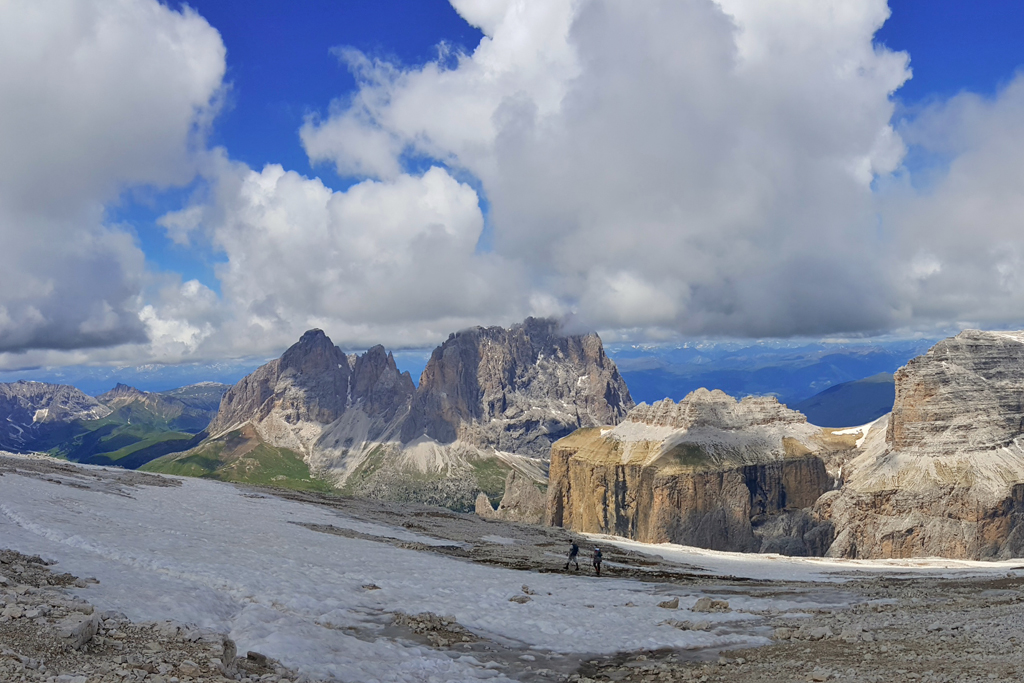
Day Four – Lake Garda
This optional excursion was well worth booking. We travelled to Lake Garda and had time to explore Riva before catching our first boat of the day to Limone. Once there, we had plenty of time to explore this lovely town and enjoy lunch in one of the many cafes offering views of the lake. Our last boat ride of the day took us to Malcesine where there was time to visit the castle, browse the local shops and of course enjoy the obligatory ice cream in the Italian sunshine before re-joining the coach for our journey back to the hotel. On board the coach for our return journey we enjoyed our first taste of Meloncello which was lovely and the perfect end to the excursion.
Day Five – Brunico & Lake Misurina
In our opinion, this was the best day of the tour and is an optional which really should not be missed. Our first stop of the day was Brunico, where we were given plenty of time to explore both the new and old parts of town and enjoy coffee & cake in one of the many cafes.
Some of us climbed up to the Woodland Soldier Cemetery which Paul had suggested we visit and the castle and I can recommend both on a visit to this beautiful town.
Brunico Soldier Cemetery is a forest cemetery and is unlike any other war cemetery I’ve seen. Set amongst the woodland, overlooking the town, all of the graves are carved from trees. Amongst them, you can find Hungarian-Austrian & German army next to Russian & Serbian Prisoner of War graves. Every one of them, whether Catholic or Orthodoxy, Mohammedan or Jewish, were buried according to their religious rites, and all of the graves are equally cared for and decorated all year round by the town. When visiting Brunico it is well worth the walk up to visit this woodland cemetery and we were so glad Paul told us about it.
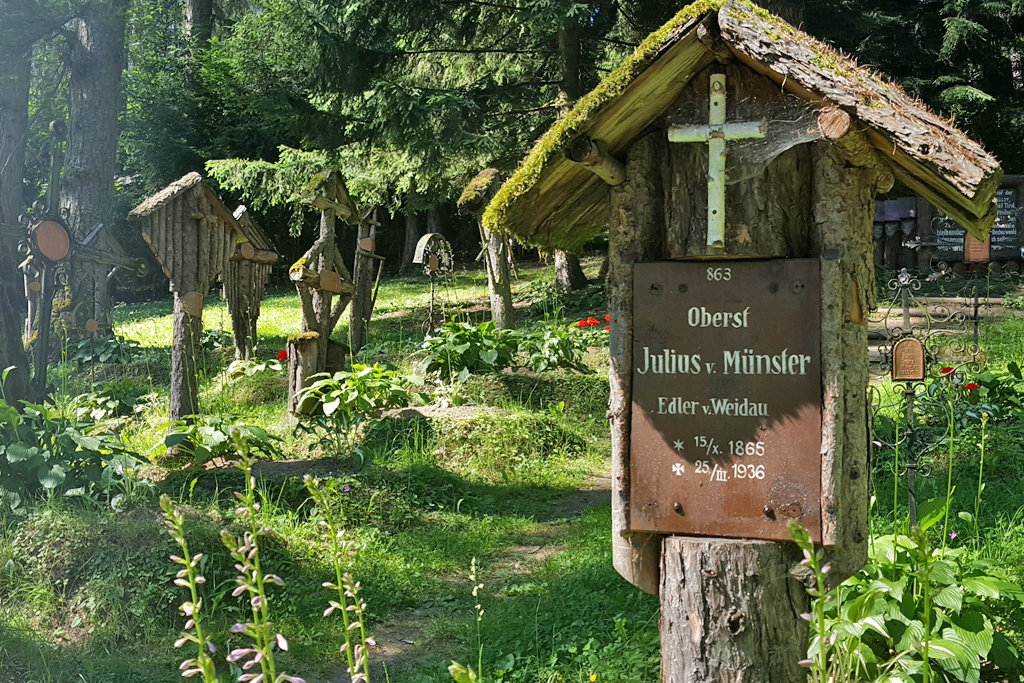
Walking across the bridge from the Woodland Cemetery we found Brunico Castle, which overlooks the town. We had the time to go in and explore the castle and were glad we did. There is so much to see within it that we could have spent a lot longer there and would definitely go back again. The views from the castle over the town and surrounding area are worth climbing the stairs of the tower, although a lift is also available if the thought of the stairs is too daunting.
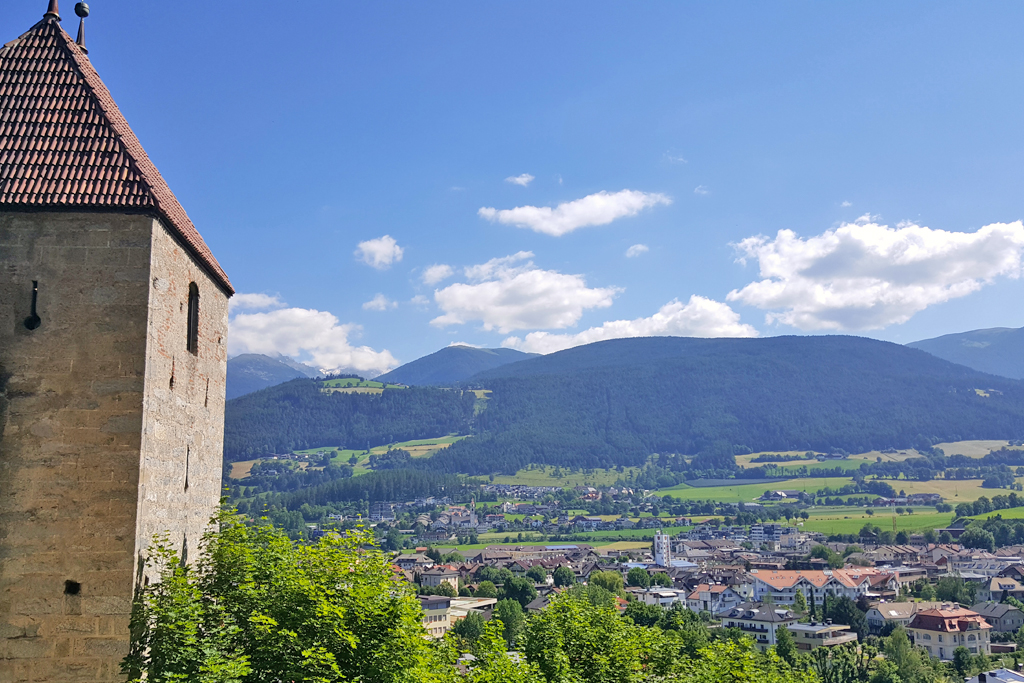
Lake Misurina
What a place for a lunch stop! There was the chance to walk around the lake if you wanted, which many of the group did. We chose to take our first chair lift ride and enjoyed a very nice lunch (& being at the top of the mountain we couldn’t not try the apple strudel for dessert!) with a spectacular view overlooking this beautiful lake and the surrounding snow-topped mountains.
Without a doubt we would recommend that you do this optional excursion if you get the chance….it’s just Wow!
Day Six – Venice
This is a long day with an early start and because of that, not all the passengers joined this optional excursion. Those of us who did had a lovely day in Venice with perfect weather. We enjoyed our first gondola ride and enjoyed wandering around the streets of Venice exploring before finding a lovely local restaurant for lunch. There was time after that to take photos at the Rialto Bridge and enjoy another ice cream while we walked back via St Mark’s Square to catch the boat for the optional Lagoon cruise.
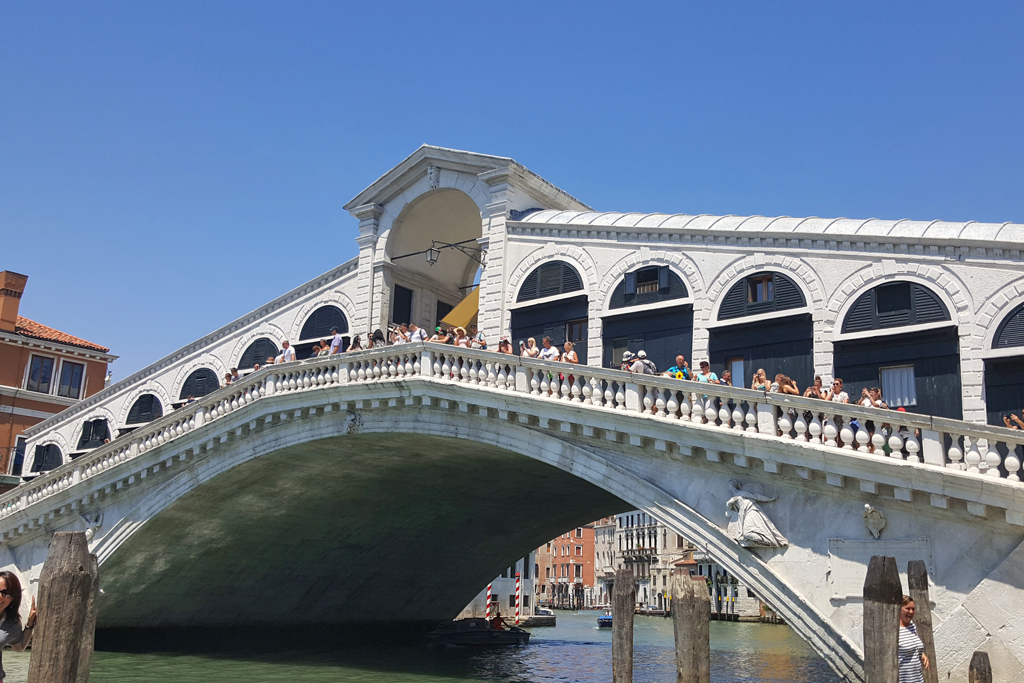
Venice is a lovely place to visit and we enjoyed our day, but because of the long drive, it deters a lot of passengers from booking the excursion. It may be worth changing this day and including some of the other wonderful places in the Tyrol which are closer to the hotel. Some of the passengers who didn’t come to Venice had a lovely day exploring the local towns or going for walks from the hotel. Whether they joined the excursion or not, everyone enjoyed their day.
Day Seven – Bolzano
A nice short day after Venice but we still had plenty of time to explore this lovely town. The architecture of the buildings and the beautiful surrounding countryside provide some great photo opportunities. We took time to look around the local shops, visit the castle and enjoy lunch soaking up the sun with overlooking the Cathedral with its beautiful mosaic roof which stands at one end of the central square, Piazza Walther. In the centre of the square is a statue of the poet and bard, Walther von de Vogelweide and we found it was a wonderful place to sit and enjoy lunch whilst watching the world go by.
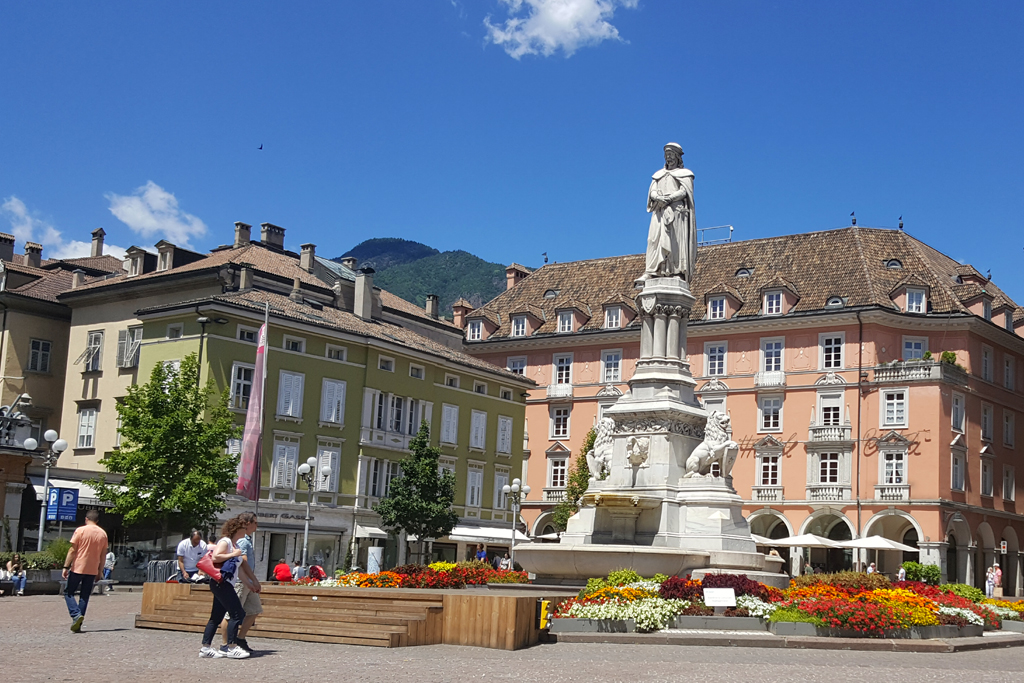
Hotel Zum Schlossl, Uttenheim
There is not one bad thing to say about this hotel. We had a room in the annexe which had a balcony with fantastic views over the mountains. The hotel is run by Anna, Peter and their son and is just across the quiet road from the annexe. The food is all fresh and homemade by Anna and, believe me, you will never leave the dinner table hungry. After dinner, there is a very nice terrace where we enjoyed a drink in the evening with our fellow passengers and I am being totally honest when I say we really can’t fault anything about this hotel or the wonderful staff. We only wish we could have stayed there longer!
Coach & Crew
There is not one negative thing to say about the coach or Paul & Lisa, our fantastic crew for this Italian Sud Tirol and the Dolomites tour.
The coach was always kept spotlessly clean inside & out, and with plentiful refreshments on board, there was no chance of spending any part of the tour thirsty or hungry.
Paul & Lisa are a wonderful team and they work extremely well together. Their obvious love of their work and knowledge of the tour and the places we visited was infectious and I don’t think one person left the tour without having a thoroughly enjoyable time.
Throughout the week, both Lisa & Paul were happy to answer any questions about any tours that we saw in the brochures on board the coach. Then, on the Friday night, they had the great idea of a ‘Booking Night’. This gave the whole group the chance to talk to each other and ask any questions of Paul & Lisa about future tours they were thinking of booking. We were lucky enough to make some wonderful new friends this tour and by the end of the night, we had booked another 3 tours to look forward to with our new friends.
To find out more about our Summer in the Italian Süd Tirol & the Dolomites tour, click here to find out more.

